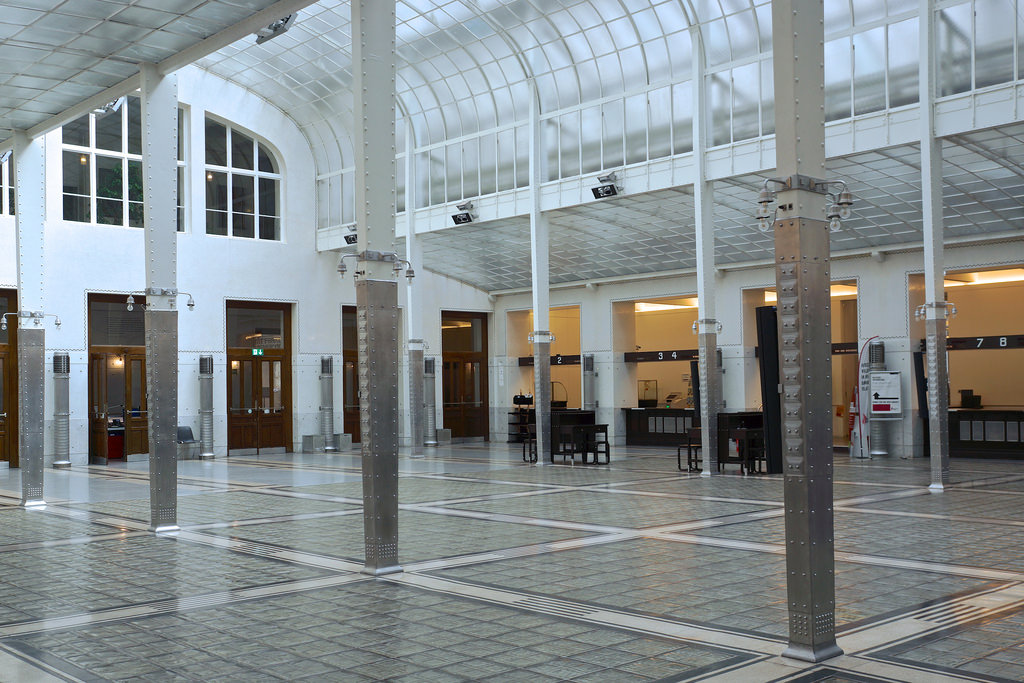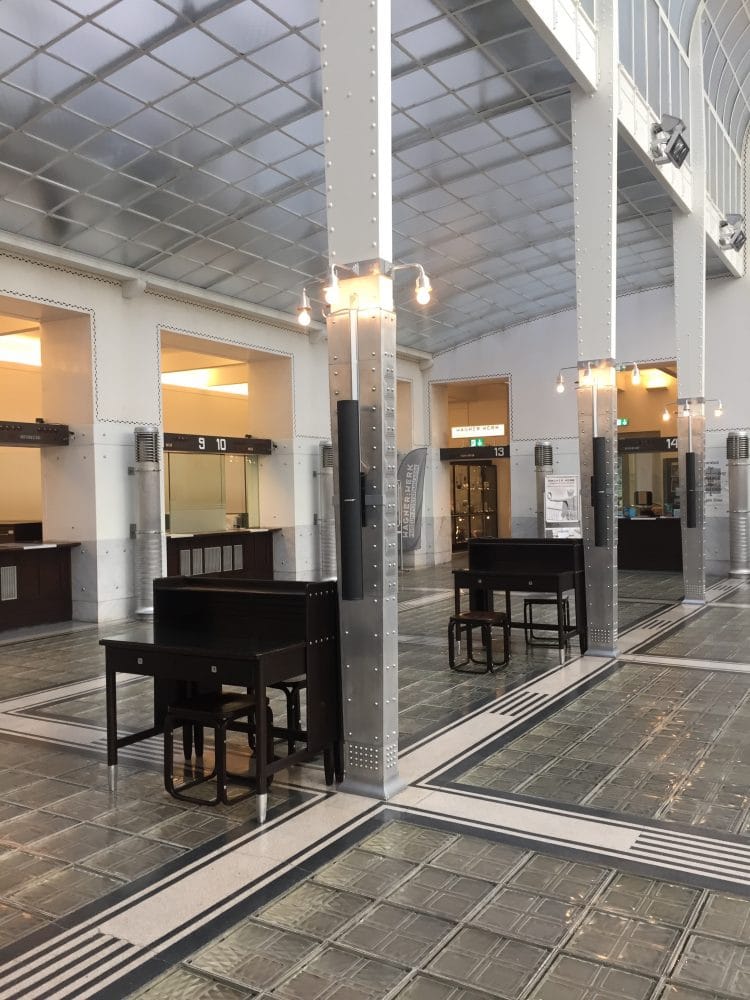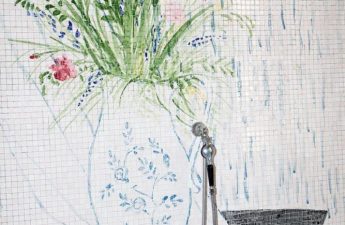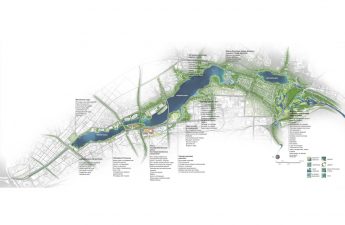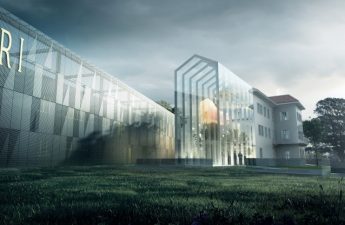Roomble's architectural tour of Vienna wasis timed to coincide with a significant event — Vienna Design Week. In four days, visit the best Viennese workshops and the opening of an exhibition, look at works of Art Nouveau, be inspired by modern architecture and admire the diversity of the city — our impressions in this article “Vienna is a city of design!” — declared the organizers of the largest exhibition in Austria with numerous locations throughout the capital and turned out to be partly right. From September 26 to 30, an architectural excursion to the birthplace of Otto Wagner took place — the main sights of Vienna, the heritage of the past and present in architecture and design were examined. Design Vienna Design Week after similarexhibitions, and especially after the scale of Moscow Design Week, seemed insufficiently well organized. I was surprised by the small number of participants and the unclear concepts of their stands - in general, the format of the exhibition is ambiguous.
Design Vienna Design Week after similarexhibitions, and especially after the scale of Moscow Design Week, seemed insufficiently well organized. I was surprised by the small number of participants and the unclear concepts of their stands - in general, the format of the exhibition is ambiguous.
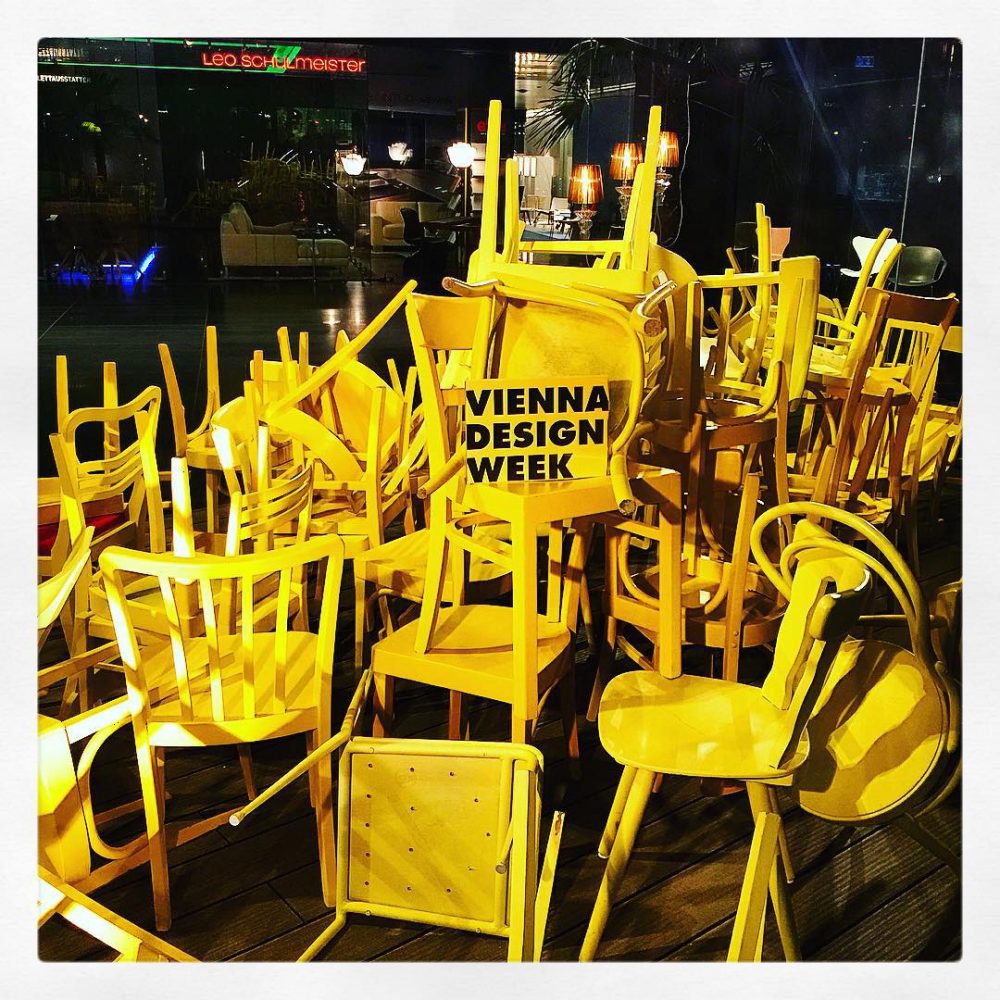 I liked the light installation “City of Shades” by the design studio Maxim Velčovsky, which shows three cities in shadows: Vienna, Moscow, London.
I liked the light installation “City of Shades” by the design studio Maxim Velčovsky, which shows three cities in shadows: Vienna, Moscow, London.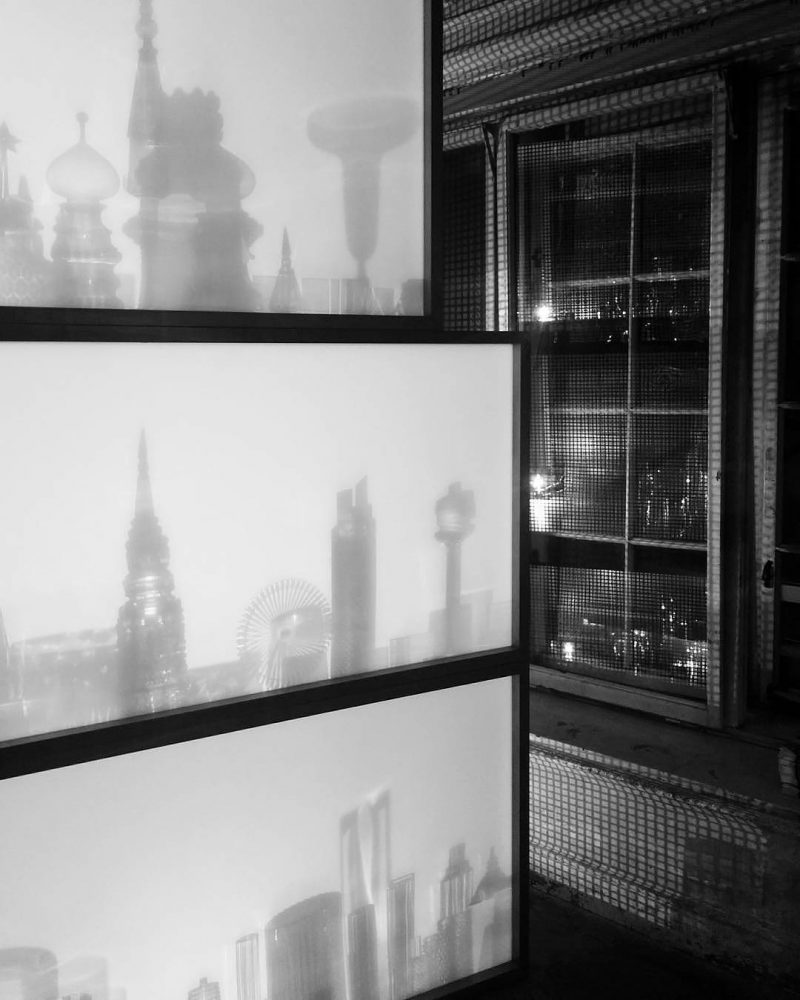
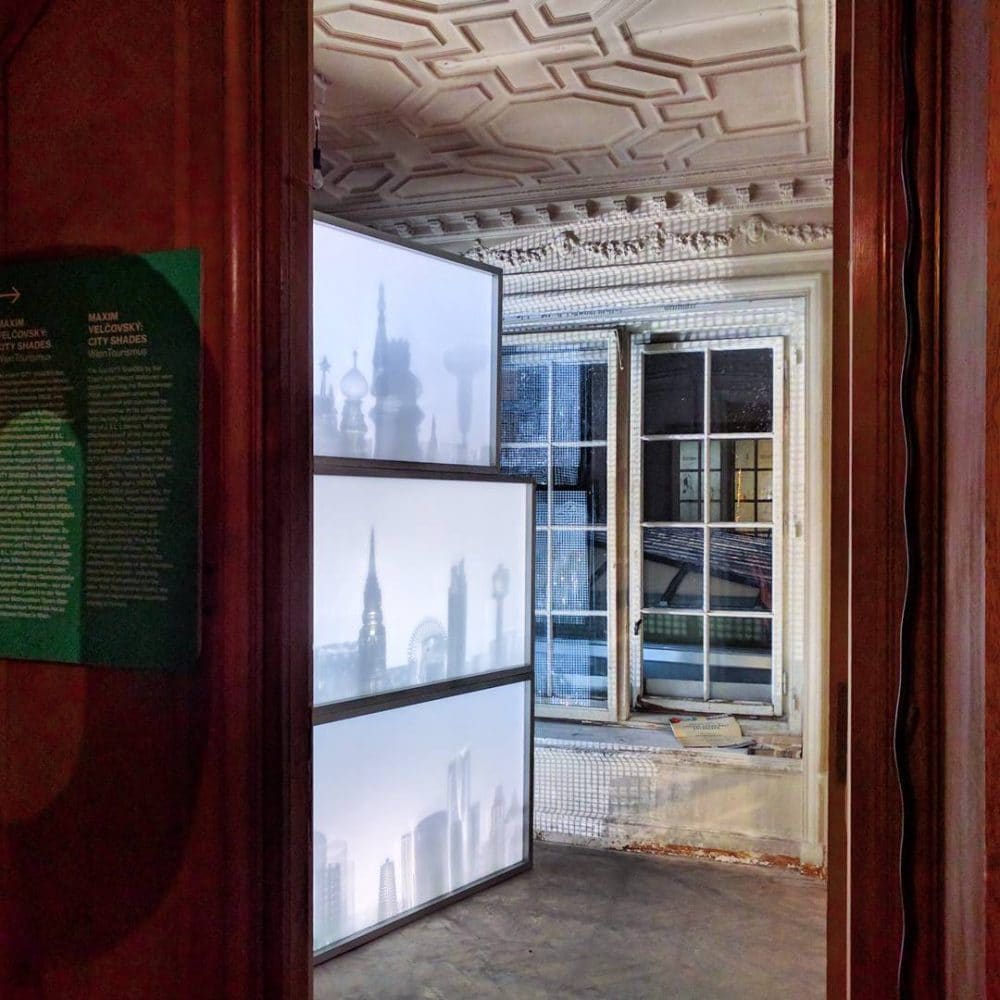 Also noteworthy was the exhibition witha collection of original chairs made by the Thonet Brothers and their drawings. We all know this elegant bentwood furniture. It is gratifying that Austria also treats its history with reverence.
Also noteworthy was the exhibition witha collection of original chairs made by the Thonet Brothers and their drawings. We all know this elegant bentwood furniture. It is gratifying that Austria also treats its history with reverence.
 The famous association of architects, artists and craftsmen "Viennese Workshops" has been replaced by modern designers who try to preserve the spirit of Viennese design.
The famous association of architects, artists and craftsmen "Viennese Workshops" has been replaced by modern designers who try to preserve the spirit of Viennese design.
 And its leading characteristics are verifiedcolor combinations and ergonomic shapes. By the way, color is a distinctive characteristic of Austrian design, which became especially evident with the advent of Secession.
And its leading characteristics are verifiedcolor combinations and ergonomic shapes. By the way, color is a distinctive characteristic of Austrian design, which became especially evident with the advent of Secession. Showroom Neue Wiener Werkstätte ModernThe trend is the use of yellow and turquoise colors. The forms are laconic, determined by the requirement of functional and comfortable furniture "for life". On Facebook and Instagram, using the tags #roomblewien and #archturven, you can explore the furniture items that our team liked the most.
Showroom Neue Wiener Werkstätte ModernThe trend is the use of yellow and turquoise colors. The forms are laconic, determined by the requirement of functional and comfortable furniture "for life". On Facebook and Instagram, using the tags #roomblewien and #archturven, you can explore the furniture items that our team liked the most. Showroom Neue Wiener Werkstätte Landscapedesign Landscape design in Vienna is given special attention. The objects that we have considered impress with the stylistic unity of architecture and landscape, the elaboration of the environment, the use of the advantages of the relief and the selection of plants. It creates a feeling of natural growth of plants inherent in this area, in combination with garden ones. And the landscape solutions convey the special mood of the objects.
Showroom Neue Wiener Werkstätte Landscapedesign Landscape design in Vienna is given special attention. The objects that we have considered impress with the stylistic unity of architecture and landscape, the elaboration of the environment, the use of the advantages of the relief and the selection of plants. It creates a feeling of natural growth of plants inherent in this area, in combination with garden ones. And the landscape solutions convey the special mood of the objects.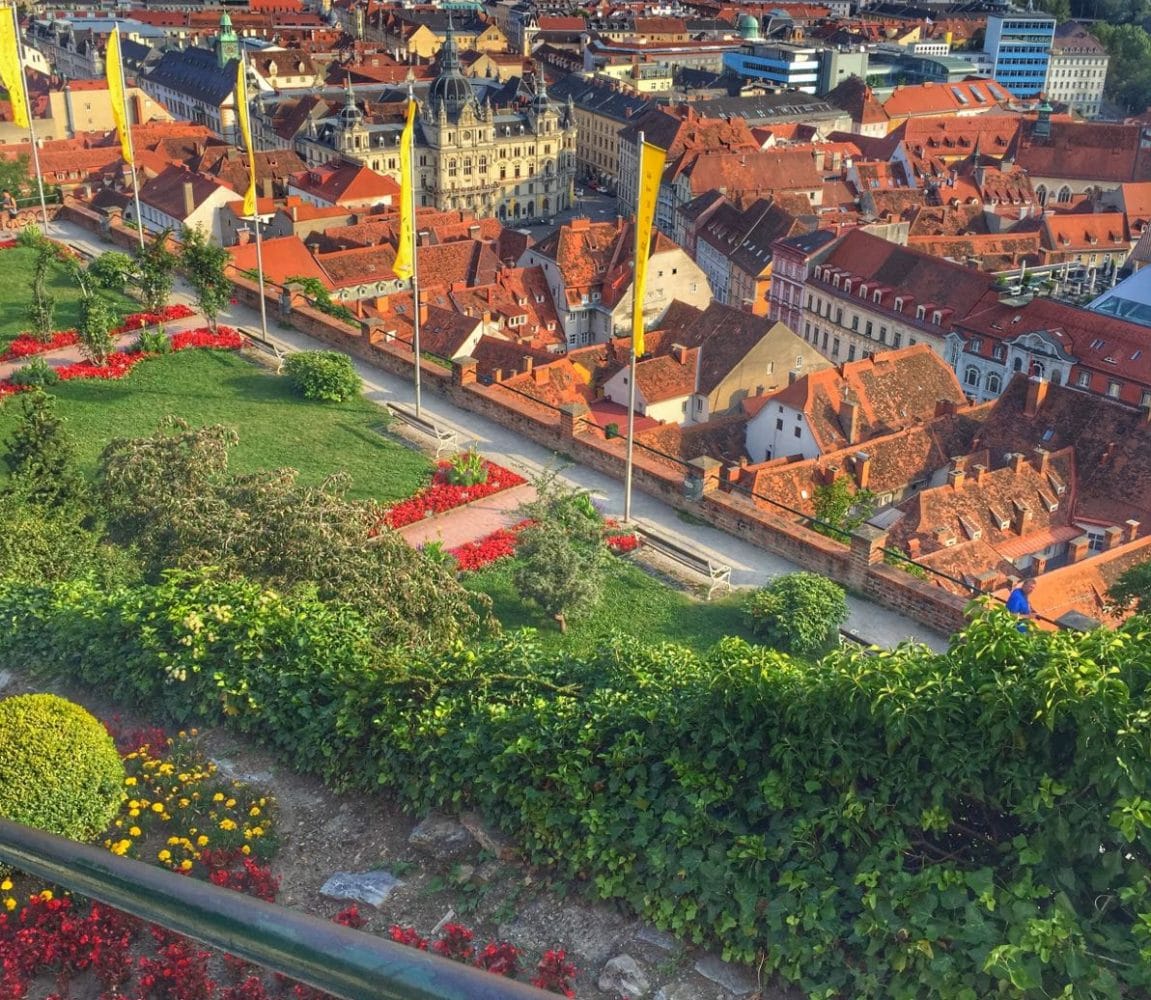 So, at the famous oil mill in SouthThe masters conveyed the history and heritage of the region to Styria through a combination of small architectural forms and plants. Plants from which oil is squeezed are planted around the perimeter. Pumpkin fruits are placed there, which are the heritage of the region, the main component of the local cuisine - Styrian pumpkin oil is considered almost a delicacy.
So, at the famous oil mill in SouthThe masters conveyed the history and heritage of the region to Styria through a combination of small architectural forms and plants. Plants from which oil is squeezed are planted around the perimeter. Pumpkin fruits are placed there, which are the heritage of the region, the main component of the local cuisine - Styrian pumpkin oil is considered almost a delicacy.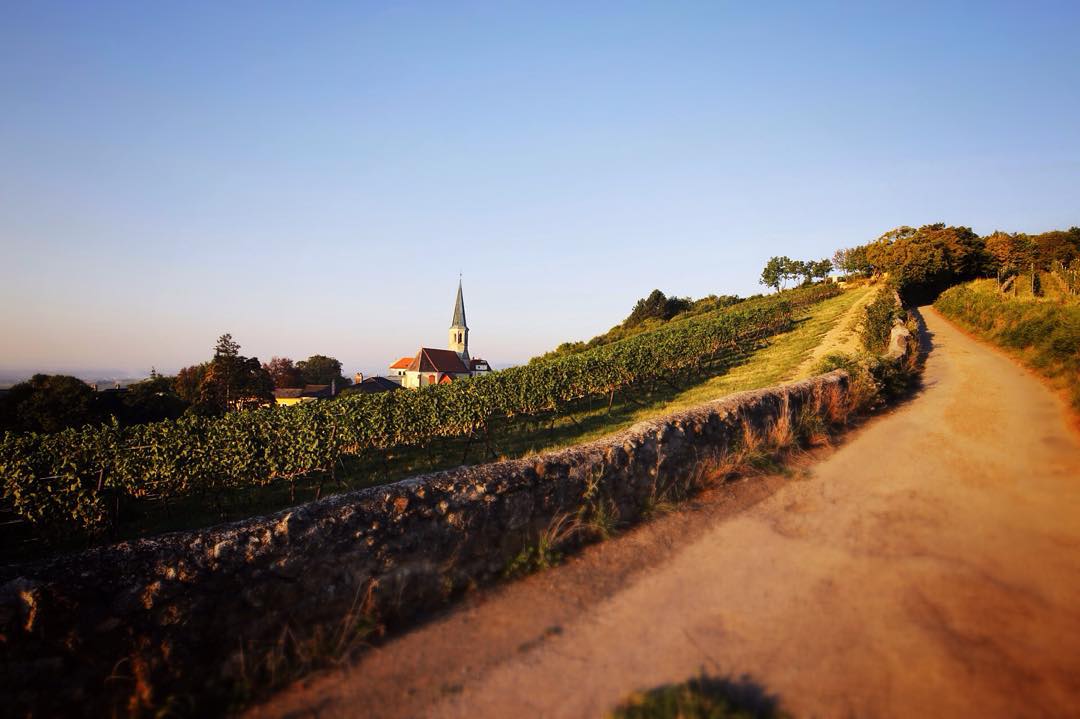 The building of the oil mill and the landscape were designed by one architect, which is generally typical for Viennese buildings. We saw confirmation of this in .
The building of the oil mill and the landscape were designed by one architect, which is generally typical for Viennese buildings. We saw confirmation of this in .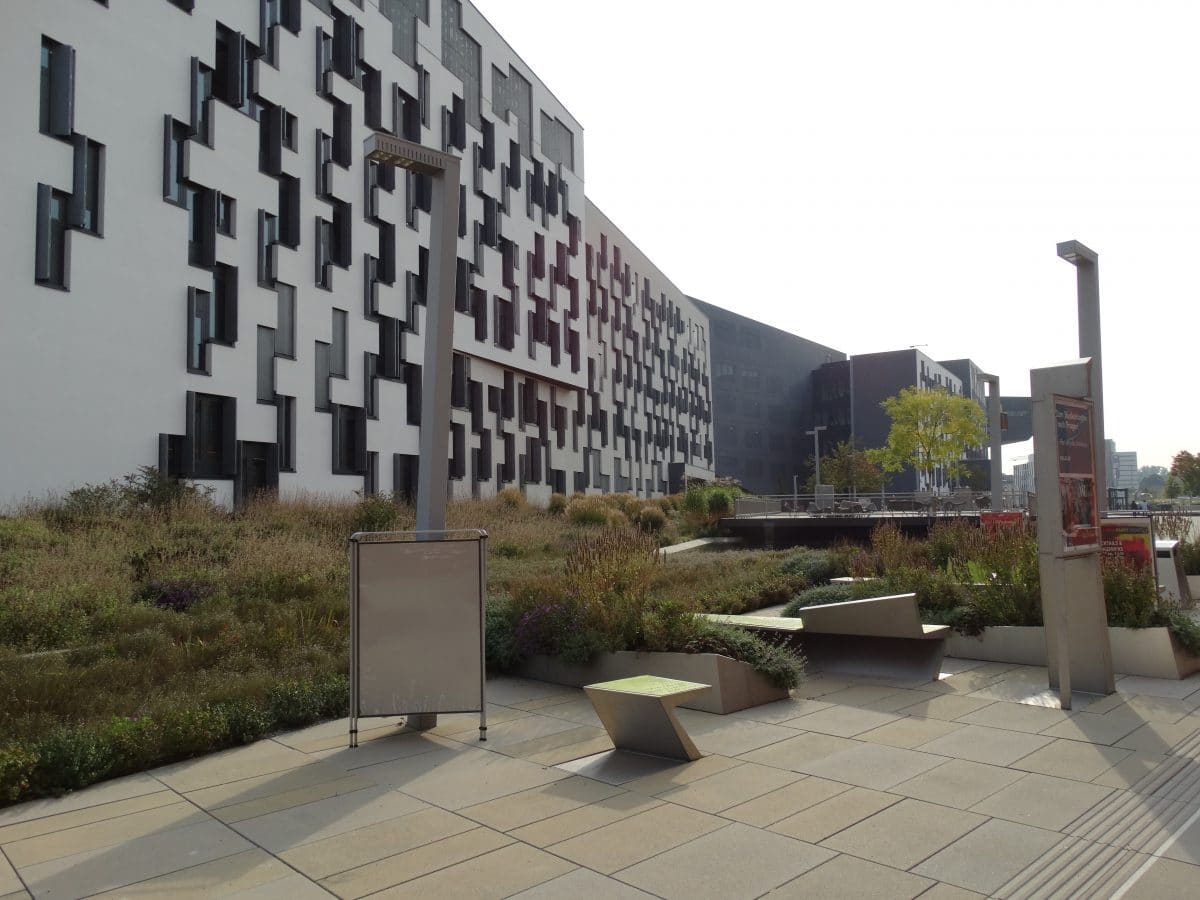
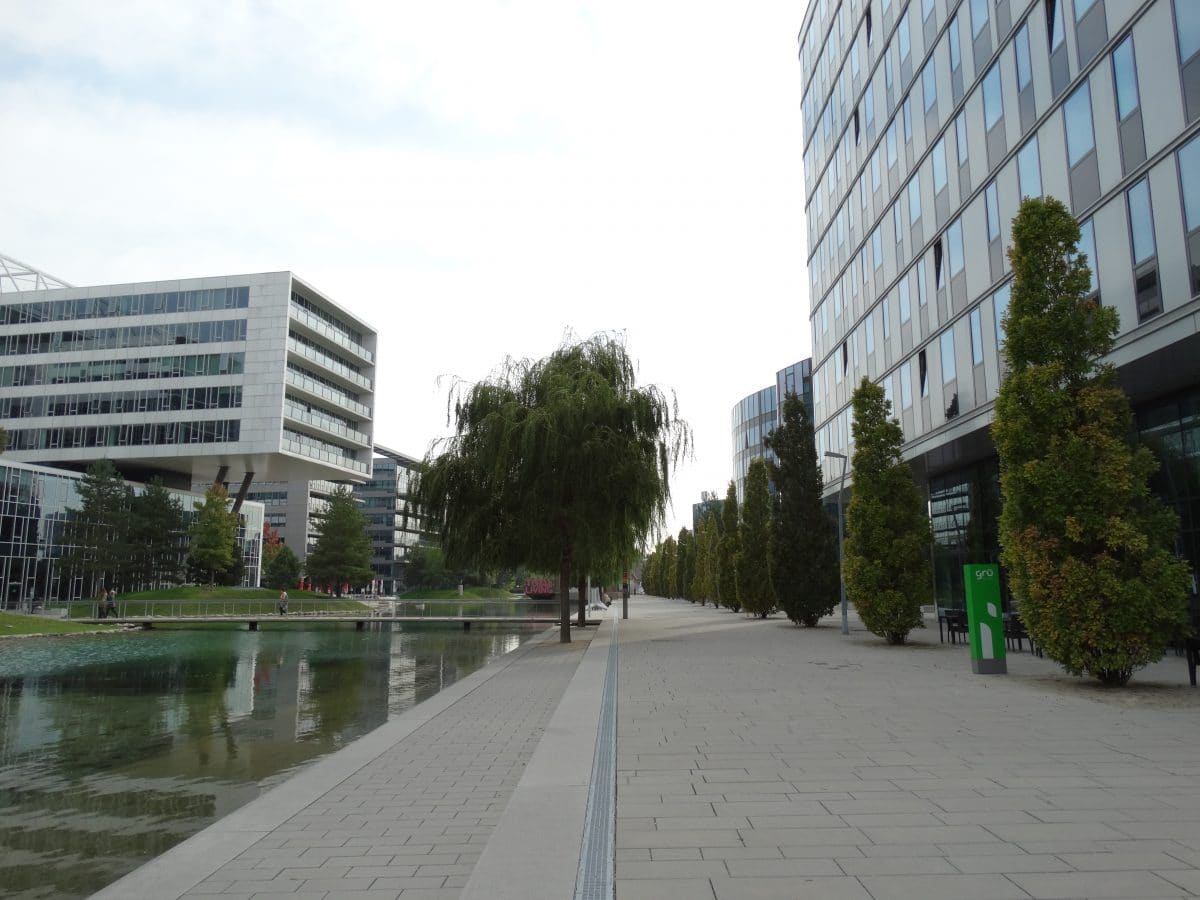
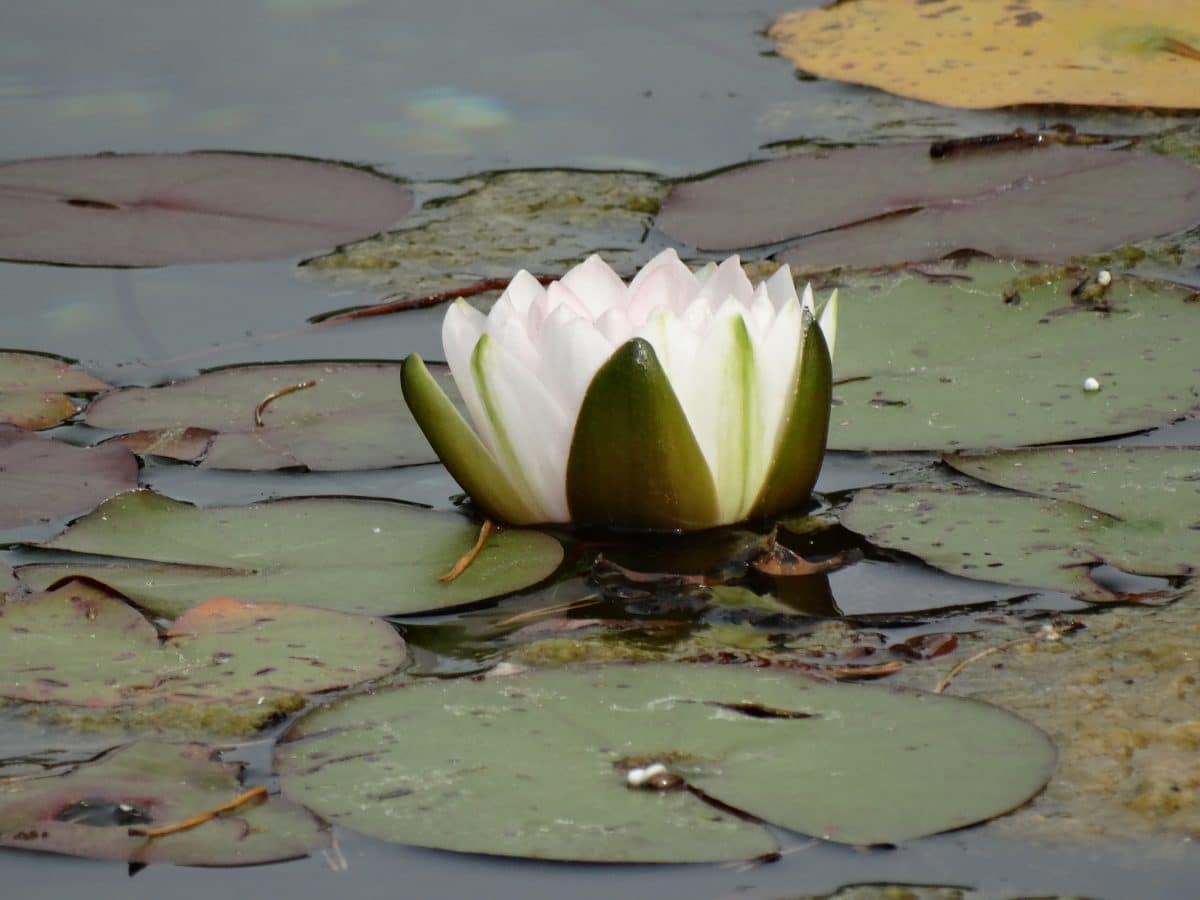 Architecture Vienna is the capital of AustriaArt Nouveau, Jugendstil and Secession trends. We were interested in the characteristics of these trends, modern architecture and, of course, the juxtaposition of the classical and the new in a relatively small city (its area is 1/6 of Moscow's, and its population is 1.75 million people).
Architecture Vienna is the capital of AustriaArt Nouveau, Jugendstil and Secession trends. We were interested in the characteristics of these trends, modern architecture and, of course, the juxtaposition of the classical and the new in a relatively small city (its area is 1/6 of Moscow's, and its population is 1.75 million people).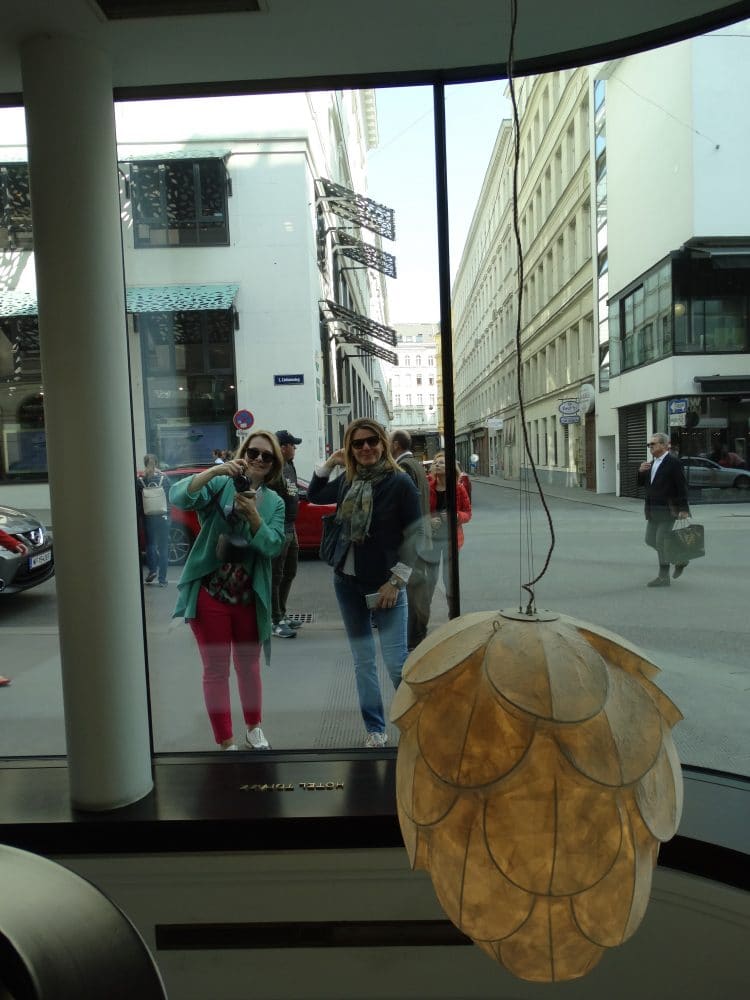
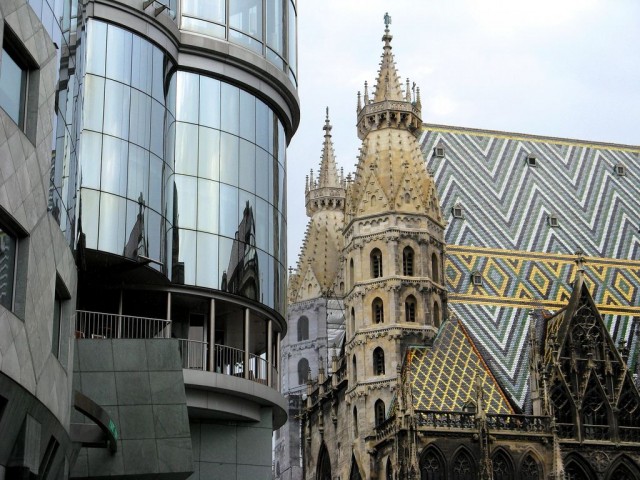 The image of Vienna that appears before usnow, was formed in the years 1870-1910 - during the period of active development. Then the authorities issued an order to destroy the fortress walls and accept the green areas around them for development. A new urban development plan was adopted and the emergence of a new philosophy of architecture began.
The image of Vienna that appears before usnow, was formed in the years 1870-1910 - during the period of active development. Then the authorities issued an order to destroy the fortress walls and accept the green areas around them for development. A new urban development plan was adopted and the emergence of a new philosophy of architecture began.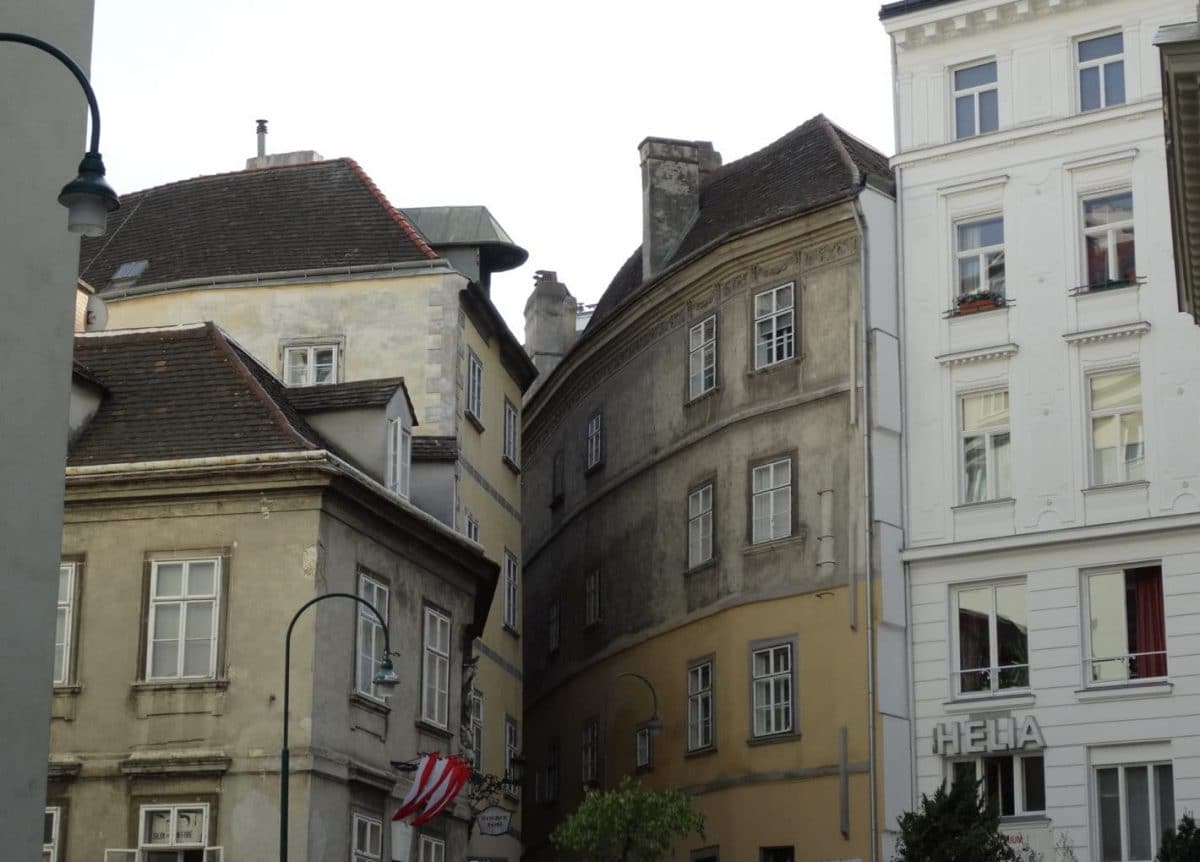 Of course, when studying cities, you need to start withtheir bases, foundations, from what had already become part of the local culture - from the works of great architects. Otto Wagner, Josef Hoffmann, Adolf Loos or Joseph Maria Olbrich at the turn of the century implemented projects that became the starting point for a new understanding of architecture. Otto Wagner - the master of Austrian Art Nouveau
Of course, when studying cities, you need to start withtheir bases, foundations, from what had already become part of the local culture - from the works of great architects. Otto Wagner, Josef Hoffmann, Adolf Loos or Joseph Maria Olbrich at the turn of the century implemented projects that became the starting point for a new understanding of architecture. Otto Wagner - the master of Austrian Art Nouveau It was he who, during the period of fascination with the Secession movement, gave Art Nouveau more color than even in Italian design, as we discussed above.
It was he who, during the period of fascination with the Secession movement, gave Art Nouveau more color than even in Italian design, as we discussed above.
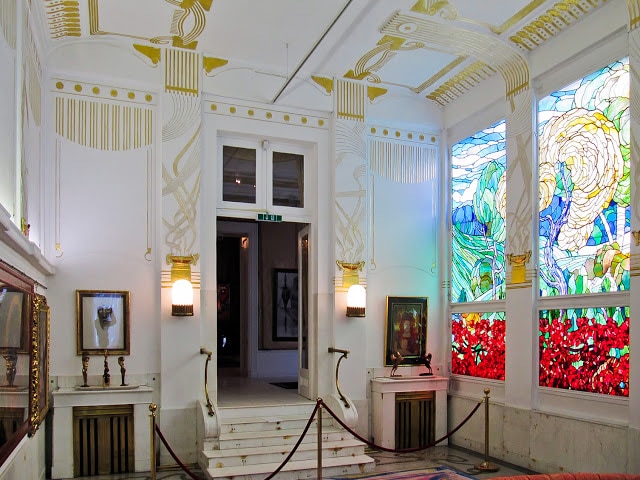
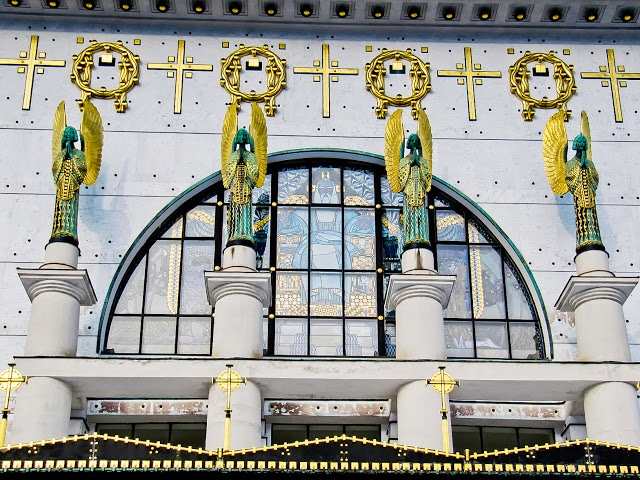 Truly, this is an architect, workswhich should be studied in detail by every modern designer. And he deserves glory not only for the revolution in architecture, but also for the relevance of his works today, more than 100 years later!
Truly, this is an architect, workswhich should be studied in detail by every modern designer. And he deserves glory not only for the revolution in architecture, but also for the relevance of his works today, more than 100 years later!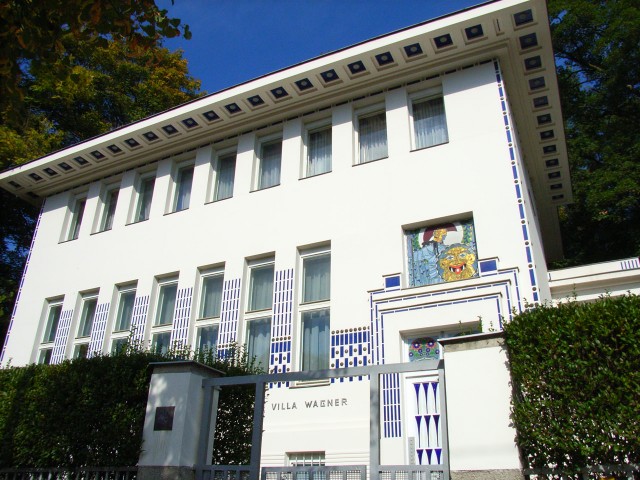
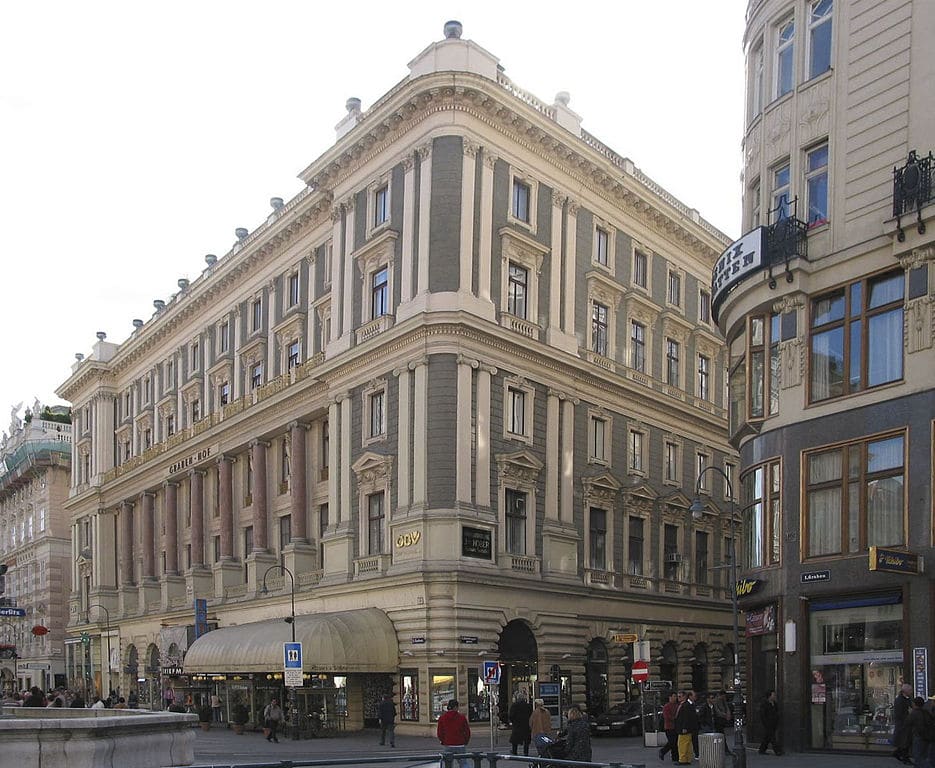 His most famous projects were implemented in the 90s.years of the 19th century. These are the residential buildings "Majolikahaus" and house No. 3. The design of their facades was dominated by vertical lines and plant ornaments made of ceramics and metal.
His most famous projects were implemented in the 90s.years of the 19th century. These are the residential buildings "Majolikahaus" and house No. 3. The design of their facades was dominated by vertical lines and plant ornaments made of ceramics and metal.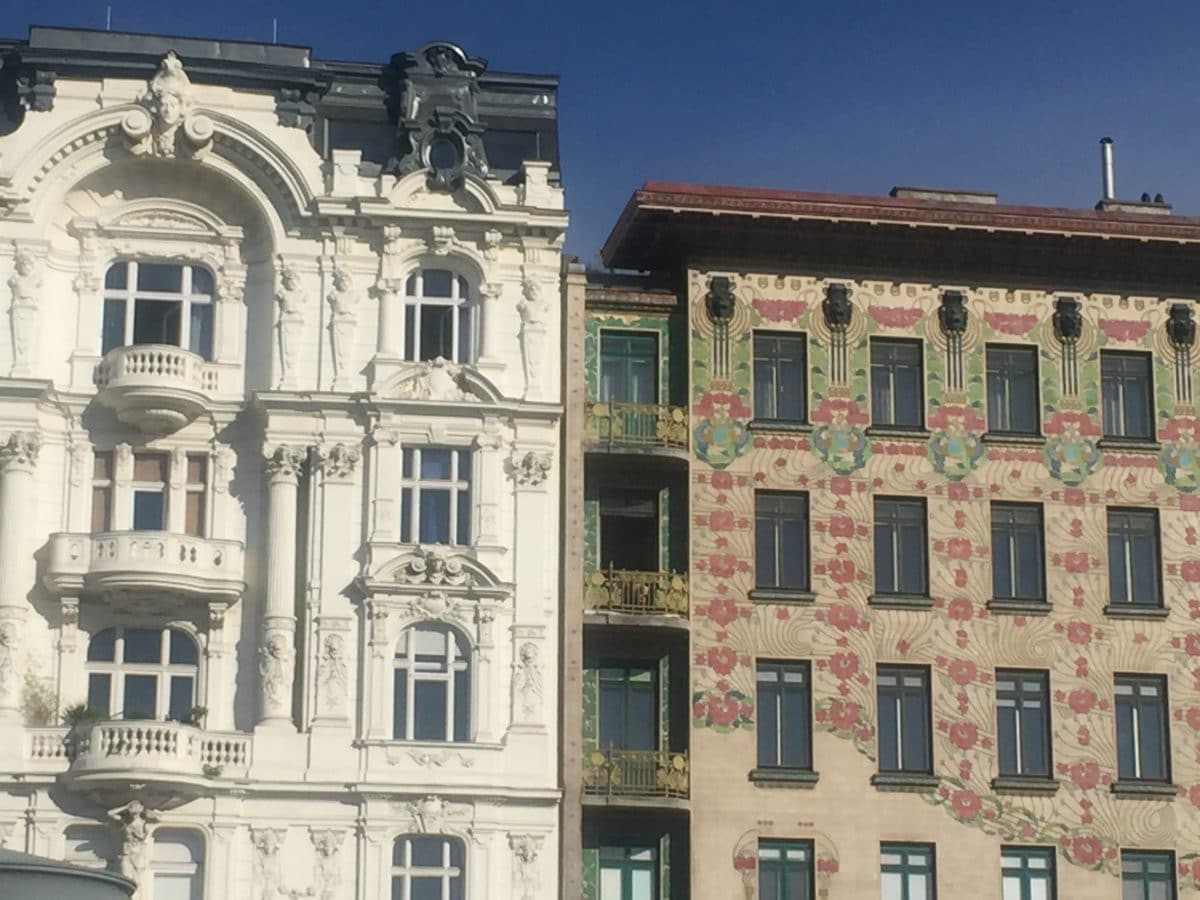
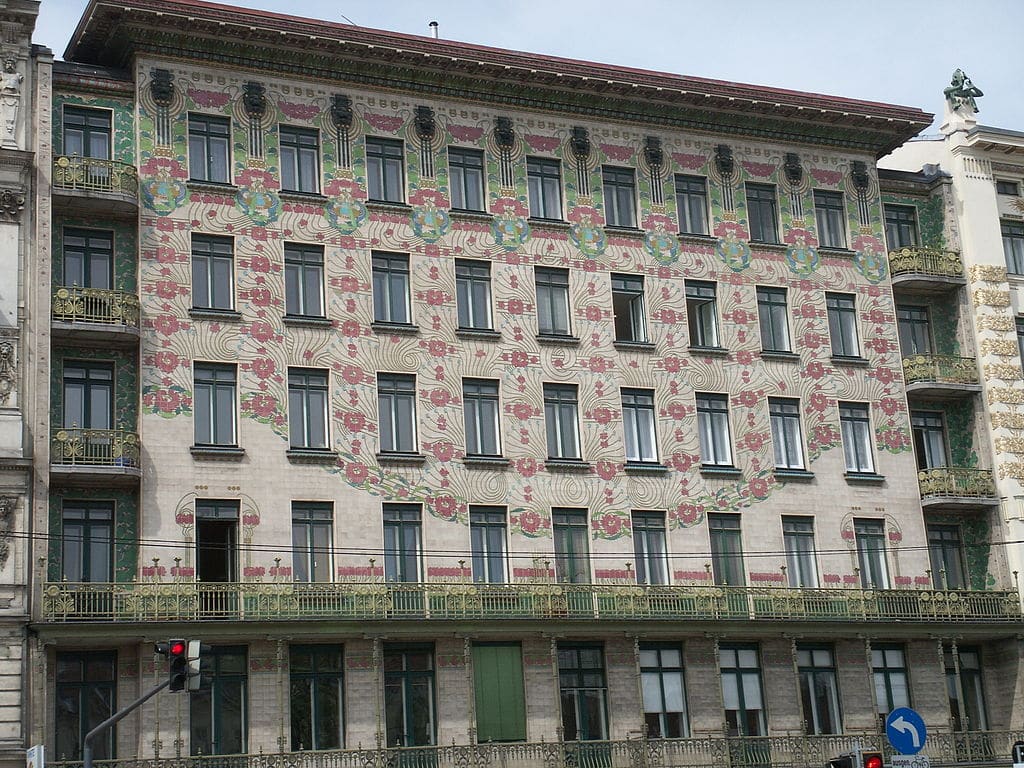
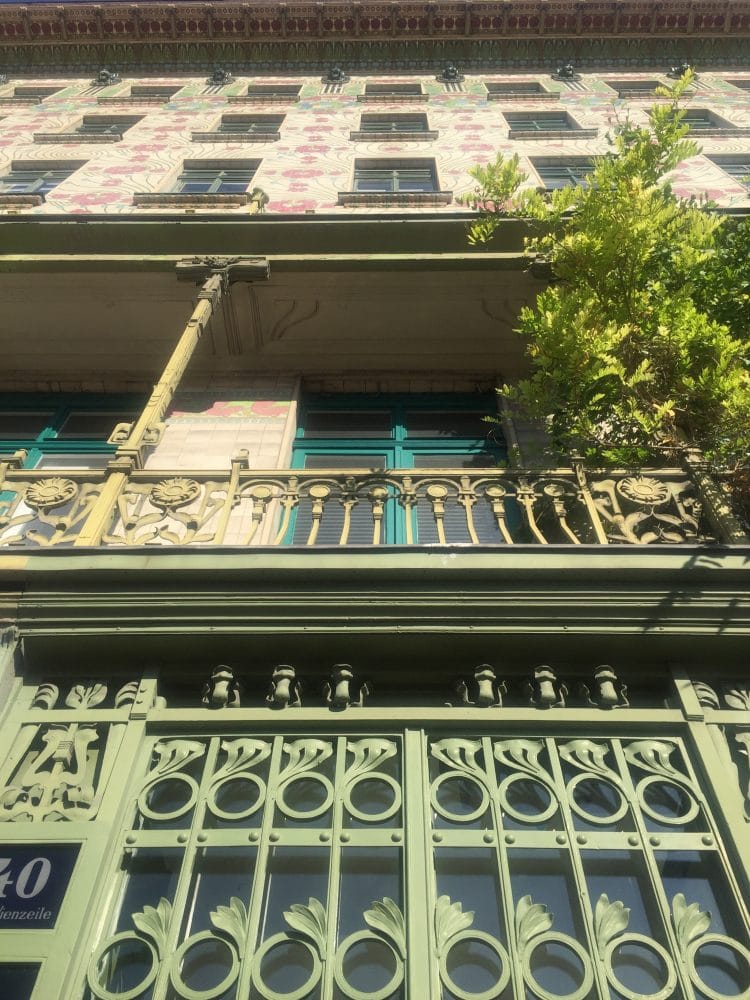
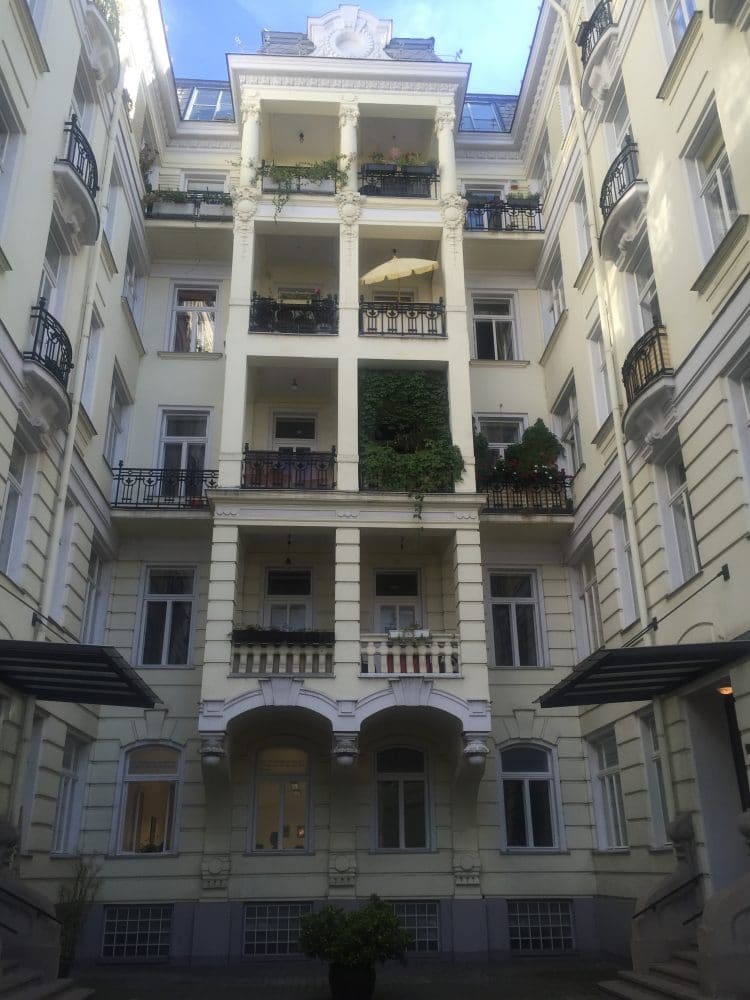
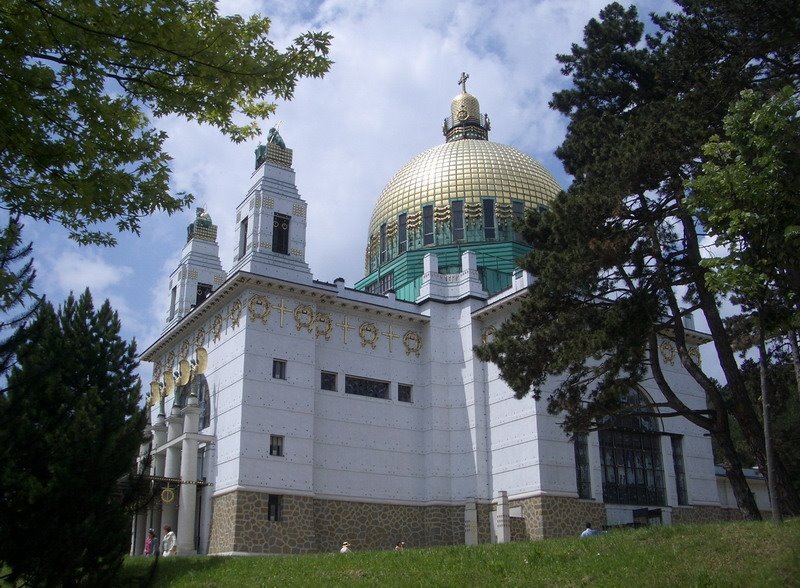
 In 1906, the building of the Austrian Savings Banks (Österreichischen Postsparkasse) was erected.
In 1906, the building of the Austrian Savings Banks (Österreichischen Postsparkasse) was erected.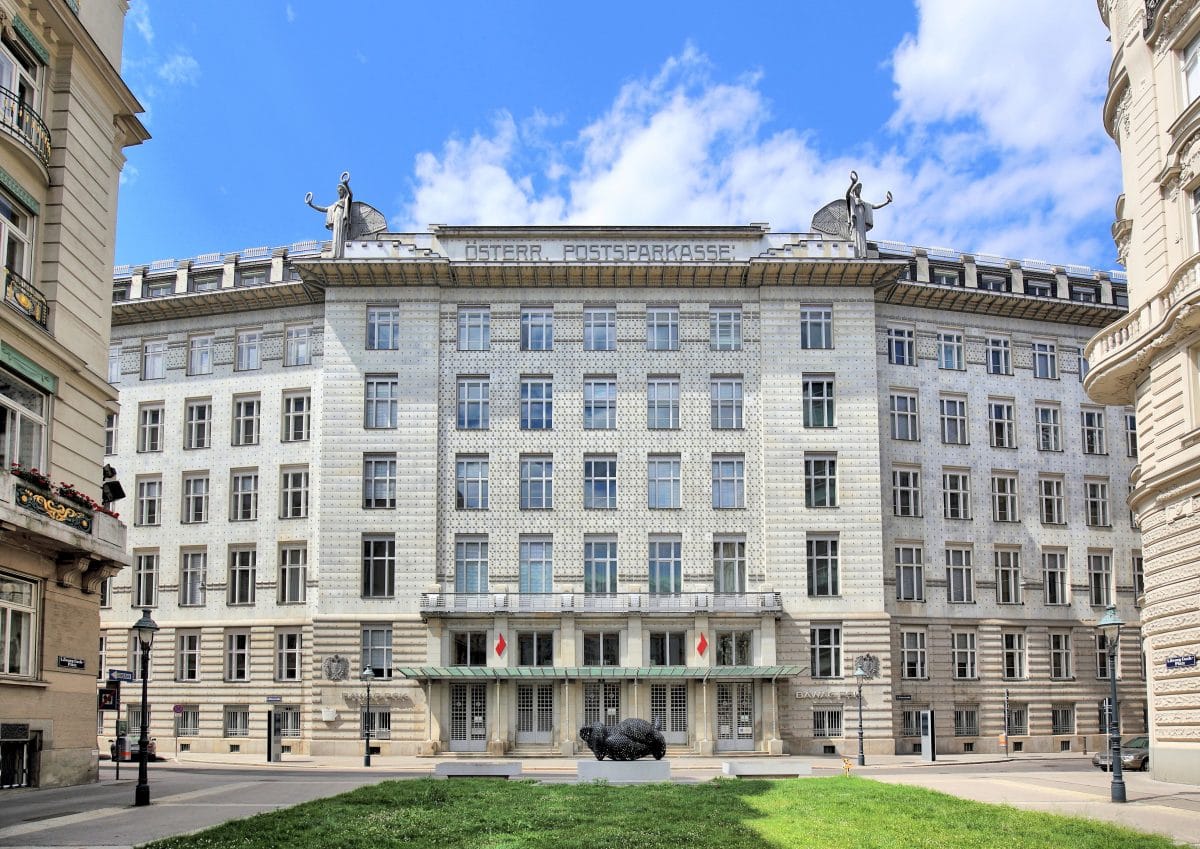
The technological equipment of the buildings evokes genuine admiration for the genius of this man:
- Glass ceiling of the ground floor for natural lighting;
- Heat guns, acting like modern;
- Engineering elements, serving at the same time and decor.

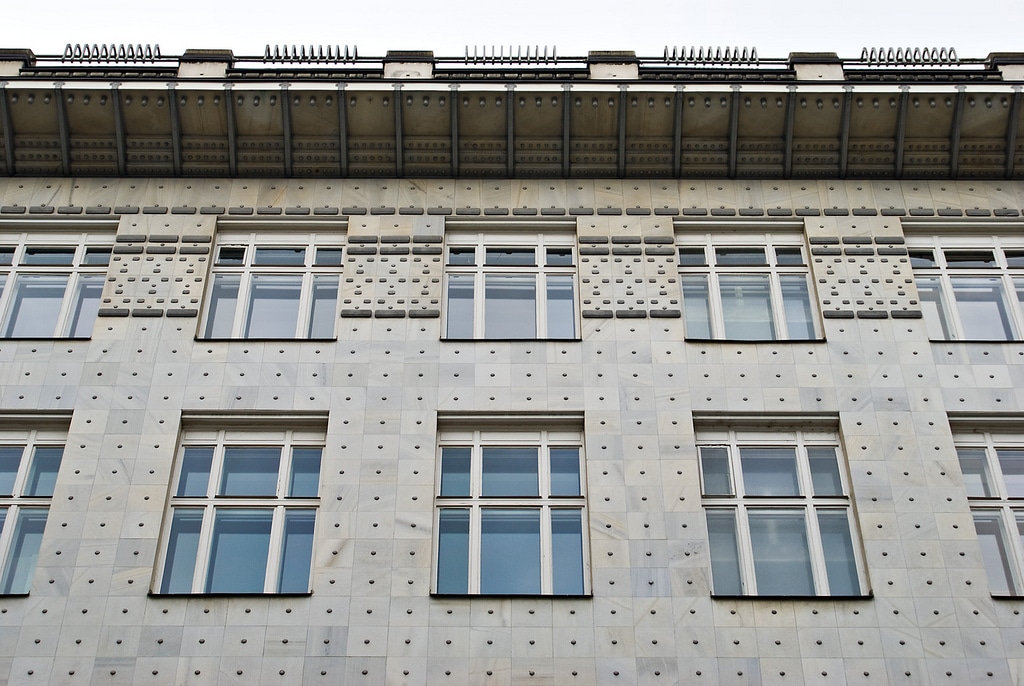 The end of the era of Viennese Art Nouveau came withthe coming to power of the Social Democratic government in 1918. And the establishment of social housing construction began, which consisted of housing complexes - bulky, multifunctional buildings, each representing a separate city within a city.
The end of the era of Viennese Art Nouveau came withthe coming to power of the Social Democratic government in 1918. And the establishment of social housing construction began, which consisted of housing complexes - bulky, multifunctional buildings, each representing a separate city within a city.
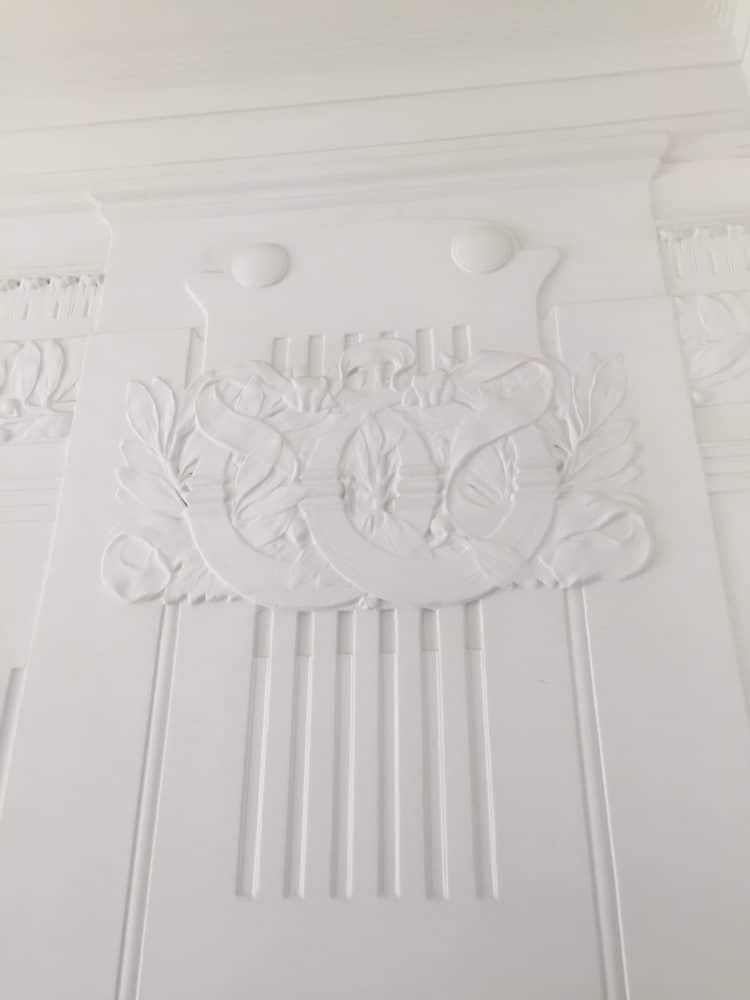

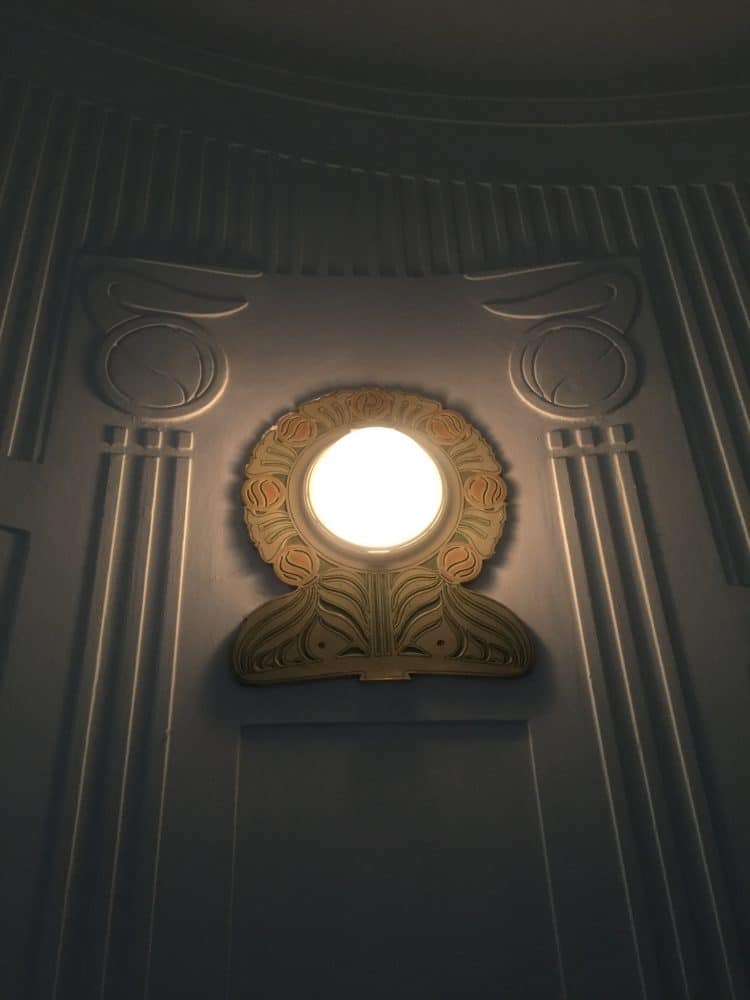 Modern architecture Modernare considered to be buildings in Vienna that were built according to designs created from the 1960s onwards. The so-called Austrian phenomenon gave the city a new look. In the 1980s, revolutionary building designs emerged. A clear example: the glass building opposite St. Stephen's Cathedral, created by Hans Hollein, caused a real architectural scandal.
Modern architecture Modernare considered to be buildings in Vienna that were built according to designs created from the 1960s onwards. The so-called Austrian phenomenon gave the city a new look. In the 1980s, revolutionary building designs emerged. A clear example: the glass building opposite St. Stephen's Cathedral, created by Hans Hollein, caused a real architectural scandal.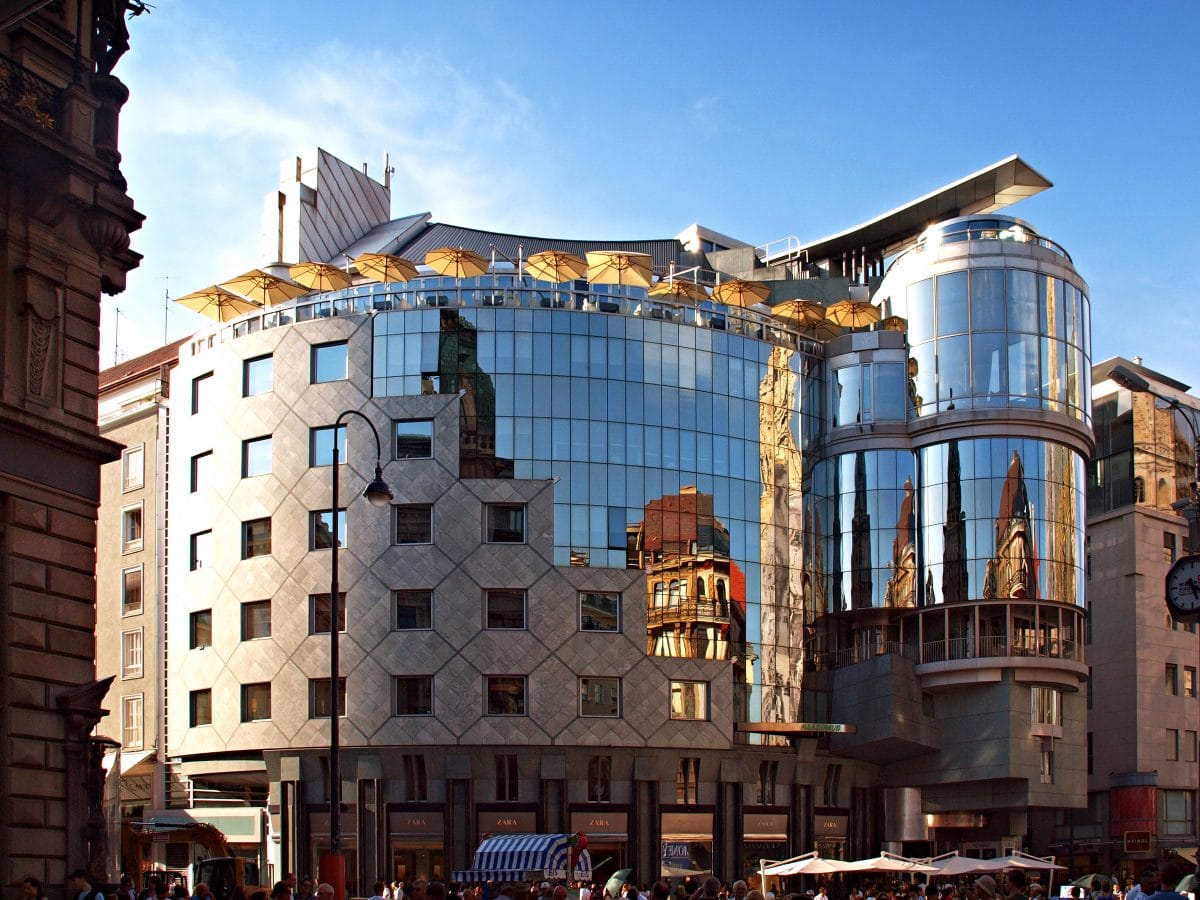
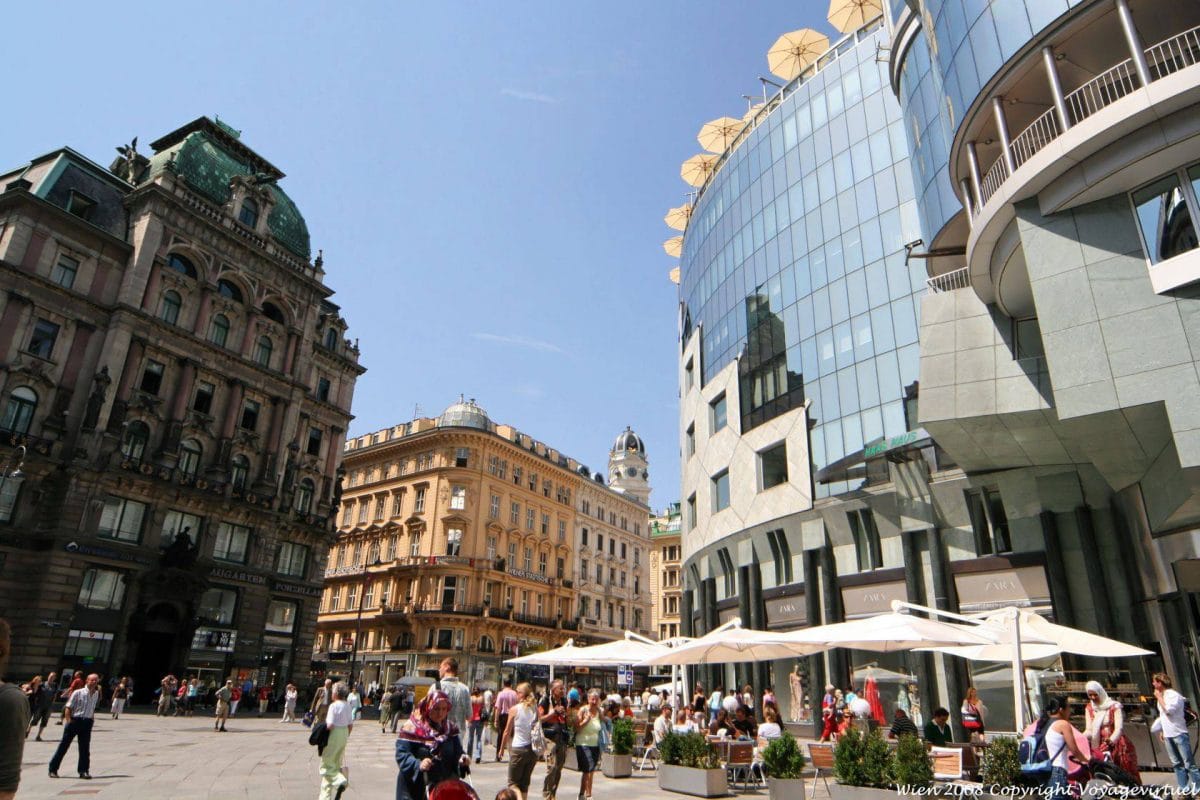
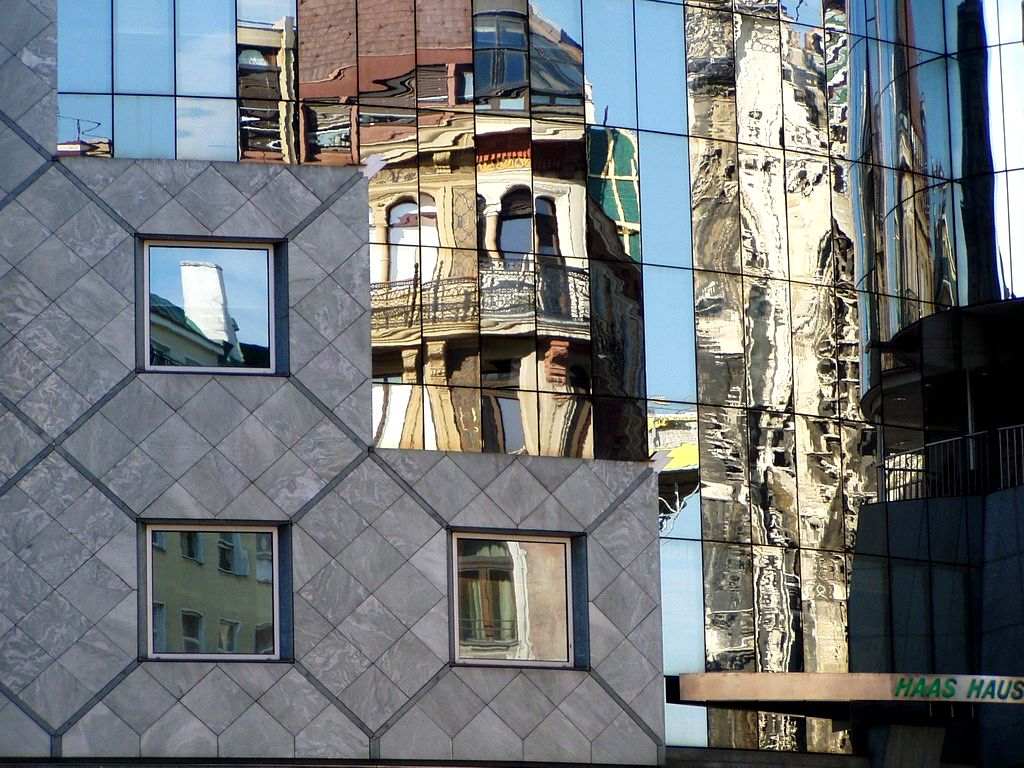 Despite this, or perhaps because of this,Contemporary Viennese architecture has begun to attract increased attention, which has also been facilitated by projects by Coop Himmelblau, Jean Nouvel, Massimiliano Fuksas and Zaha Hadid.
Despite this, or perhaps because of this,Contemporary Viennese architecture has begun to attract increased attention, which has also been facilitated by projects by Coop Himmelblau, Jean Nouvel, Massimiliano Fuksas and Zaha Hadid.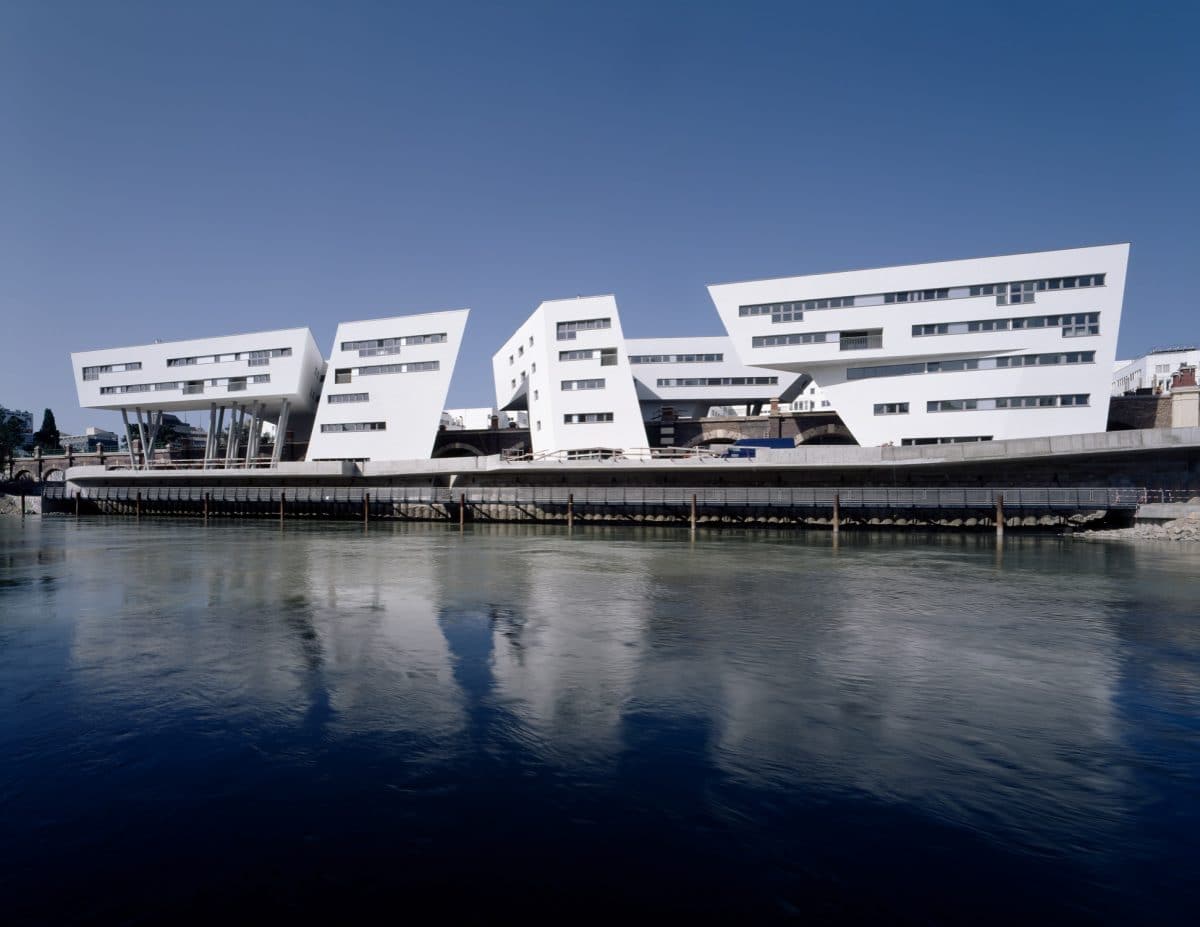
 Our acquaintance with the city began withdesign hotel Topazz, built a few years ago by the architectural firm BWM Architekten und Partner within walking distance of St. Stephen's Cathedral. The hotel embodies the Austrian idea of modern architecture and art.
Our acquaintance with the city began withdesign hotel Topazz, built a few years ago by the architectural firm BWM Architekten und Partner within walking distance of St. Stephen's Cathedral. The hotel embodies the Austrian idea of modern architecture and art.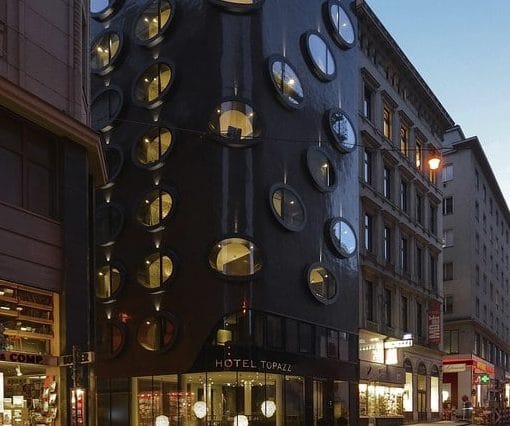

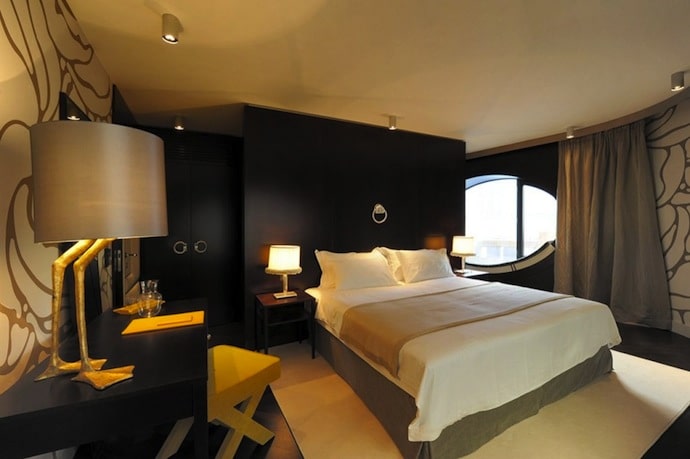
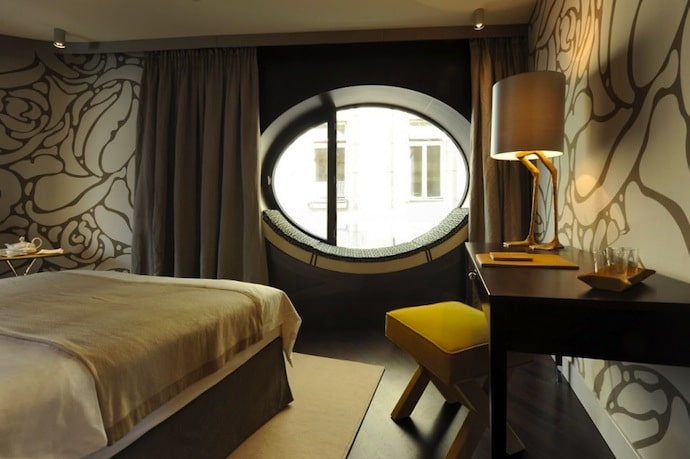 Another object that attracted our attention with its architectural design and purpose is the Safitel Hotel, designed by the famous French architect Jean Nouvel.
Another object that attracted our attention with its architectural design and purpose is the Safitel Hotel, designed by the famous French architect Jean Nouvel.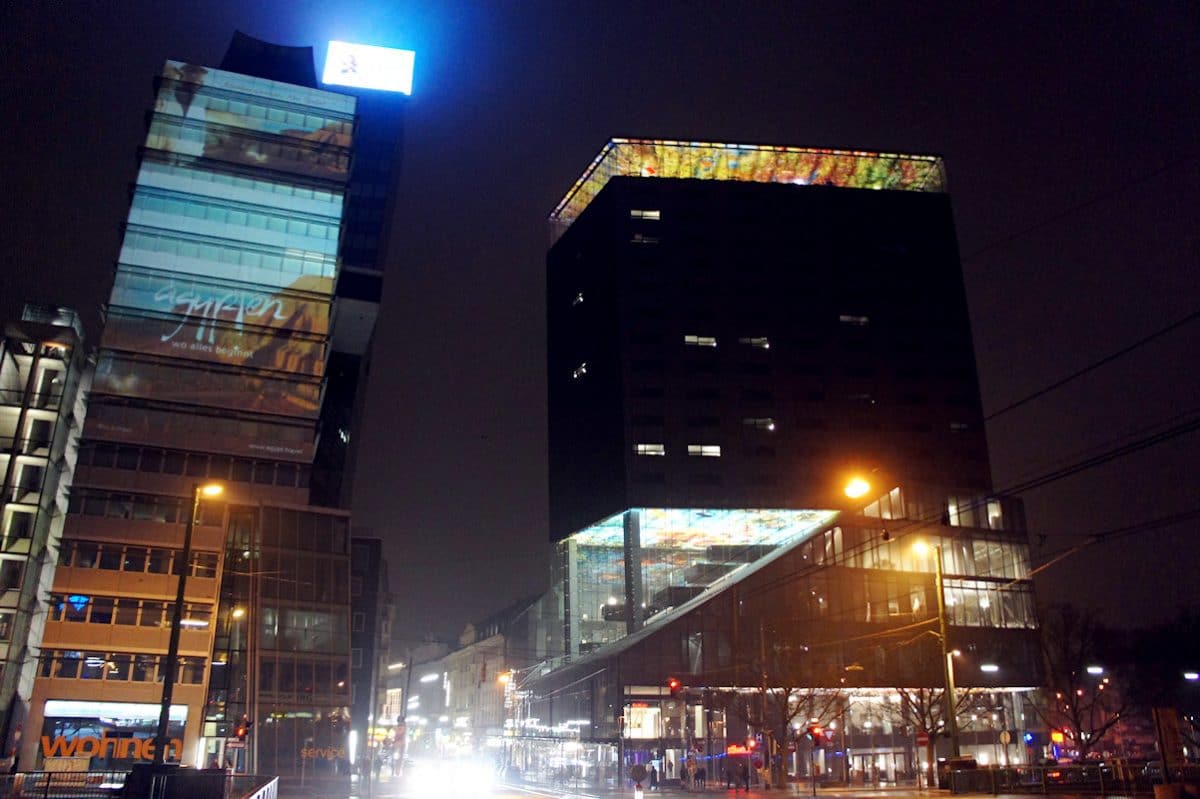 The building is unique for its glass façade, spacious lobby with video ceiling and panoramic views of Vienna, and a shopping centre located in the protruding glass part.
The building is unique for its glass façade, spacious lobby with video ceiling and panoramic views of Vienna, and a shopping centre located in the protruding glass part.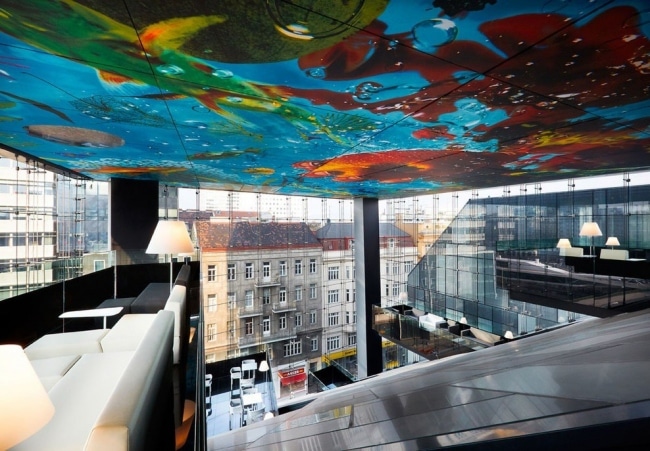
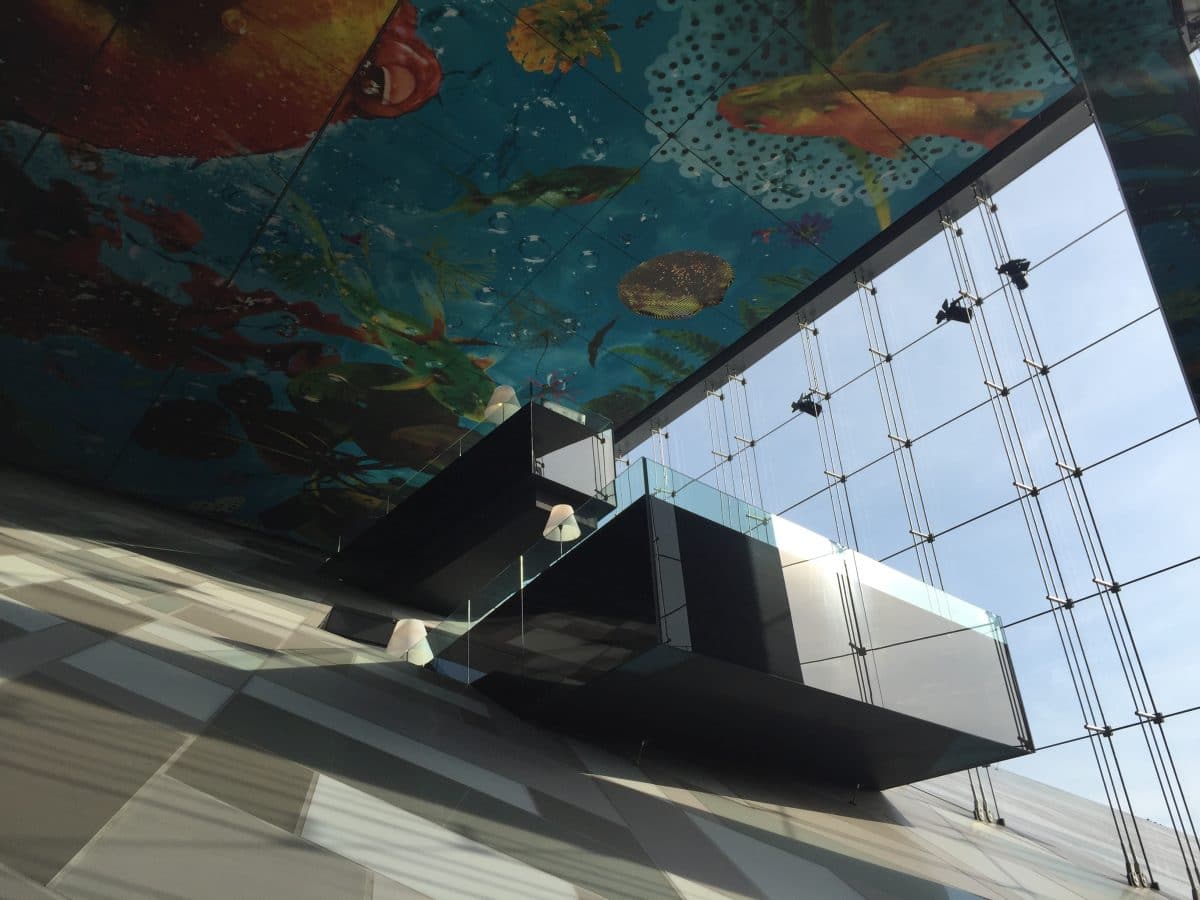
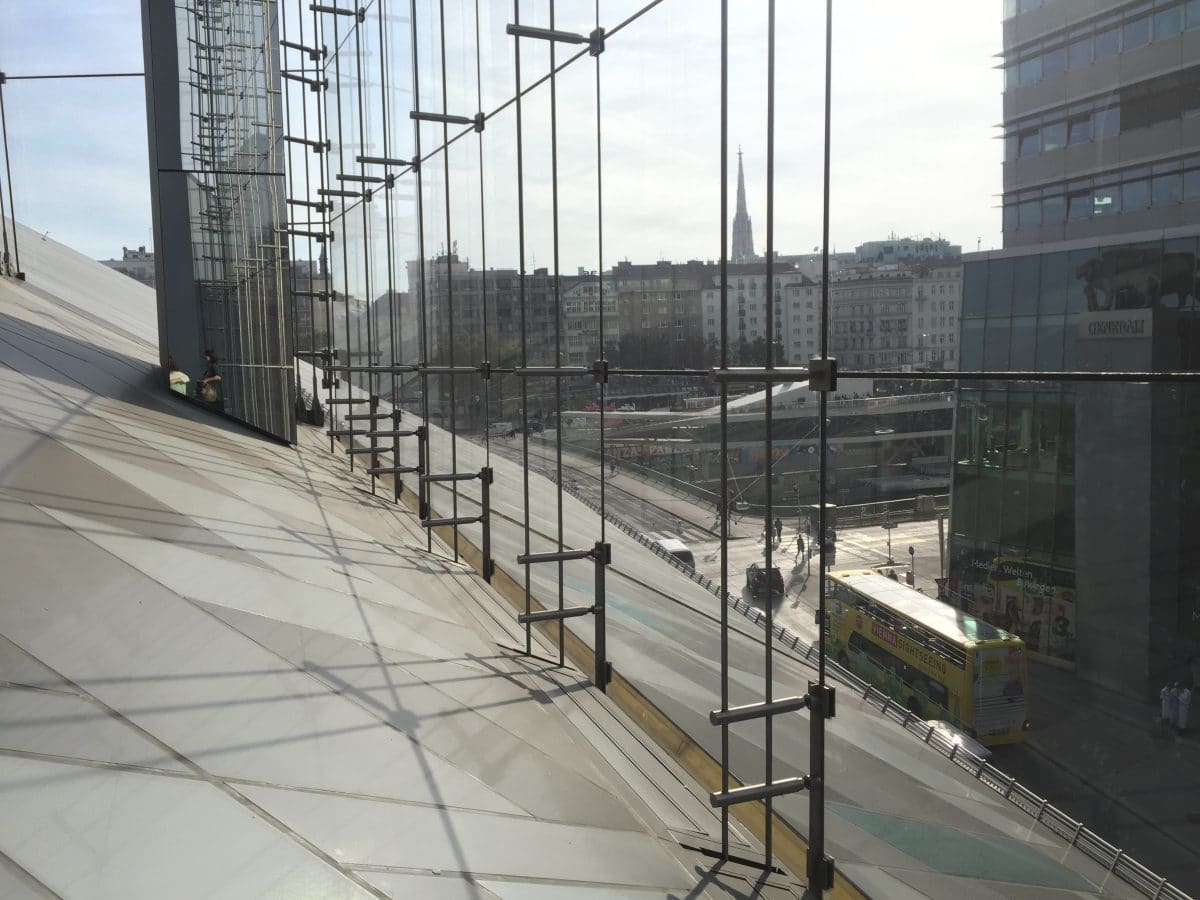 Vienna's "river station" deserves special mentionattention - not only as a port, but also as an interesting architectural object: a suspended landing stage - a three-story structure with terraces on 20 piles and a passage to the embankment.
Vienna's "river station" deserves special mentionattention - not only as a port, but also as an interesting architectural object: a suspended landing stage - a three-story structure with terraces on 20 piles and a passage to the embankment.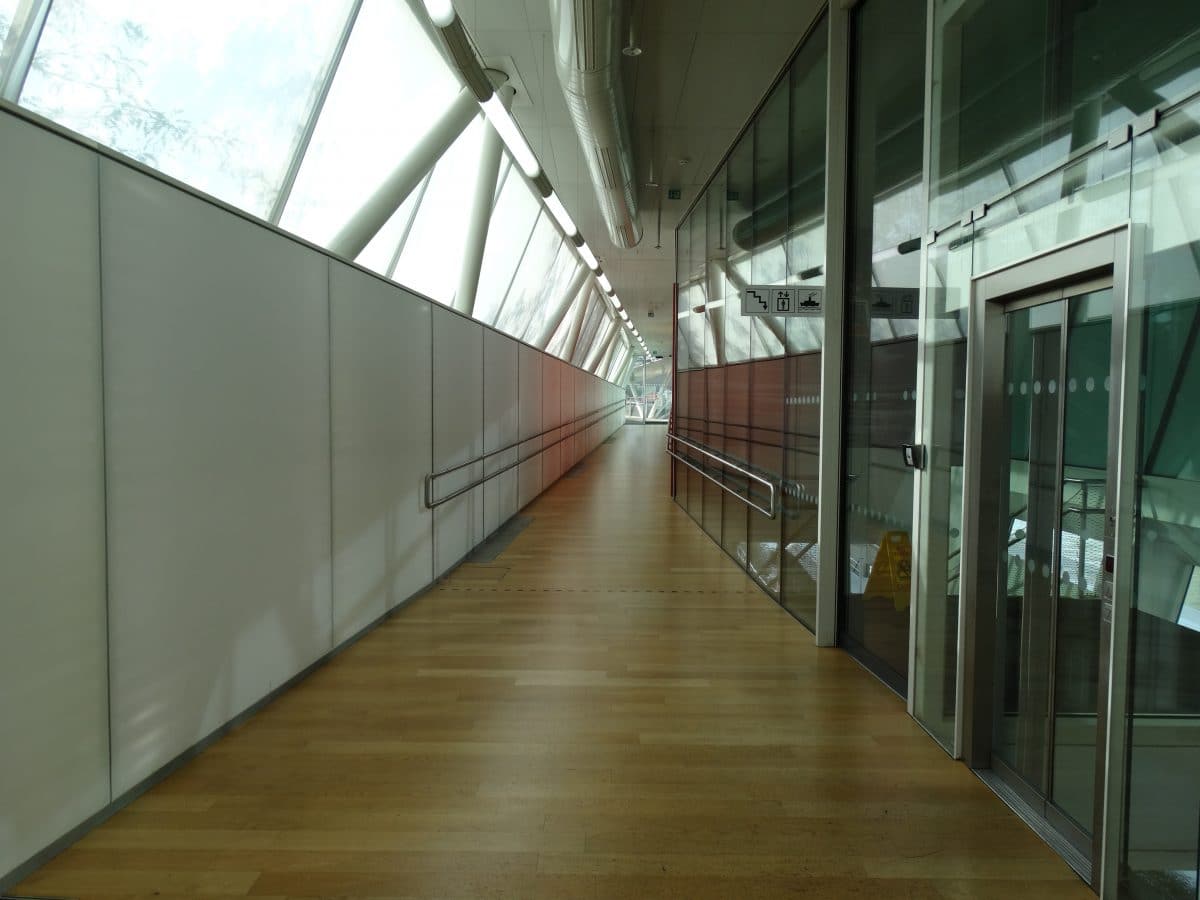
 Reconstruction of the Albertina Museum with the famouscollection of art objects is located next to the Opera and the Winter Garden. But it was decided to modernize the historical center, and for this reason, during the reconstruction, a modern entrance was added to the museum in the form of a console extended approximately 50 meters. An outrageous decision by the city government, which led to a visual dissonance with the entire block. But it turned out to be a profitable commercial move, since after the reconstruction the museum became the most visited in Austria.
Reconstruction of the Albertina Museum with the famouscollection of art objects is located next to the Opera and the Winter Garden. But it was decided to modernize the historical center, and for this reason, during the reconstruction, a modern entrance was added to the museum in the form of a console extended approximately 50 meters. An outrageous decision by the city government, which led to a visual dissonance with the entire block. But it turned out to be a profitable commercial move, since after the reconstruction the museum became the most visited in Austria.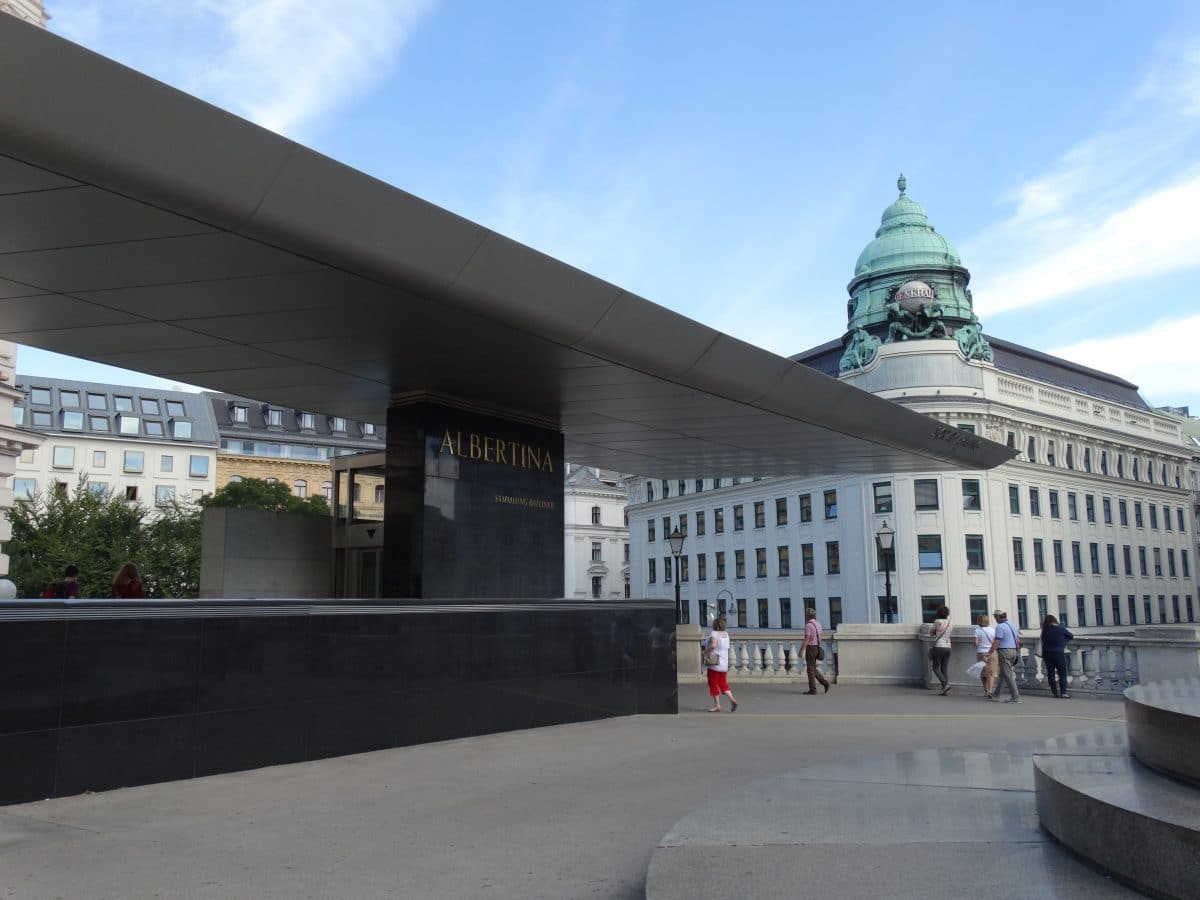
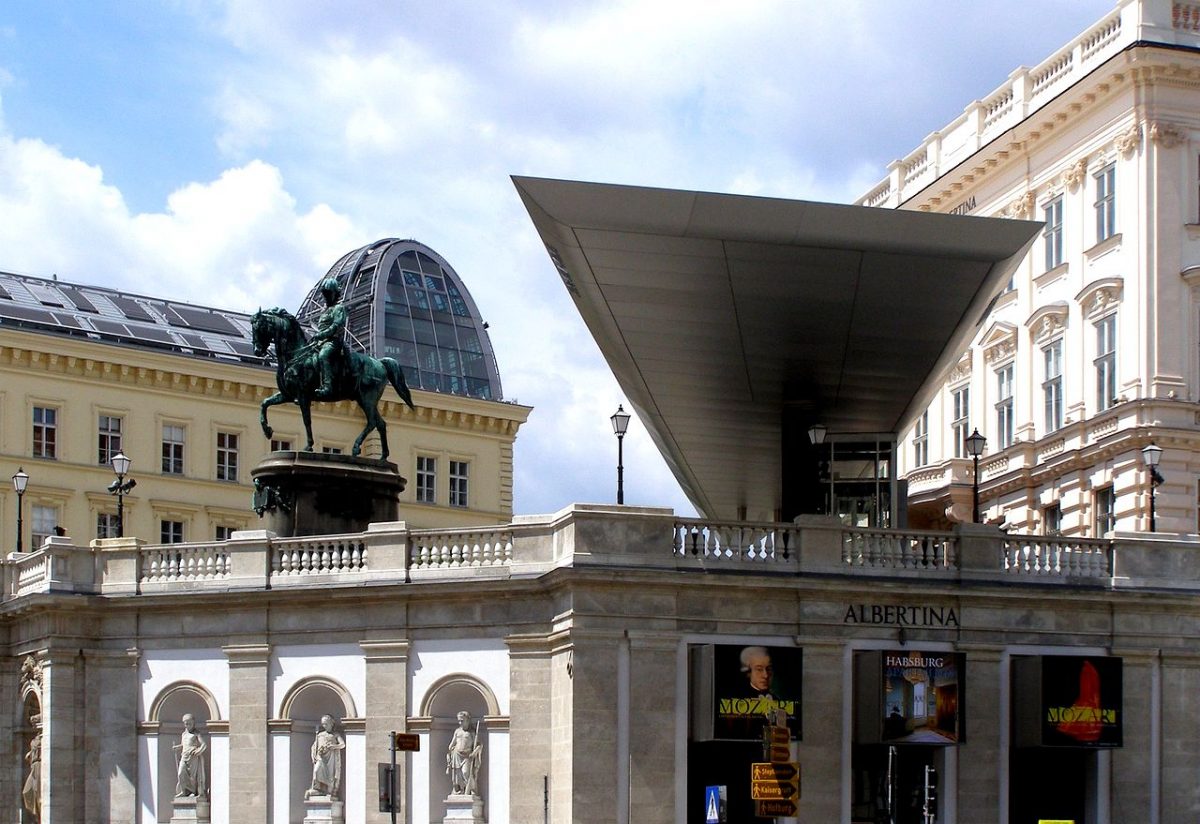 Reconstruction of other objects is veryliked: most of the historical buildings are topped with neat glass penthouses, invisible from below. Some narrow streets and courtyards acquired a modern and very pleasant look after replacing windows, installing beautiful mirror blinds, and using facade lighting. Shops and cafes are located on the ground floors of these buildings.
Reconstruction of other objects is veryliked: most of the historical buildings are topped with neat glass penthouses, invisible from below. Some narrow streets and courtyards acquired a modern and very pleasant look after replacing windows, installing beautiful mirror blinds, and using facade lighting. Shops and cafes are located on the ground floors of these buildings.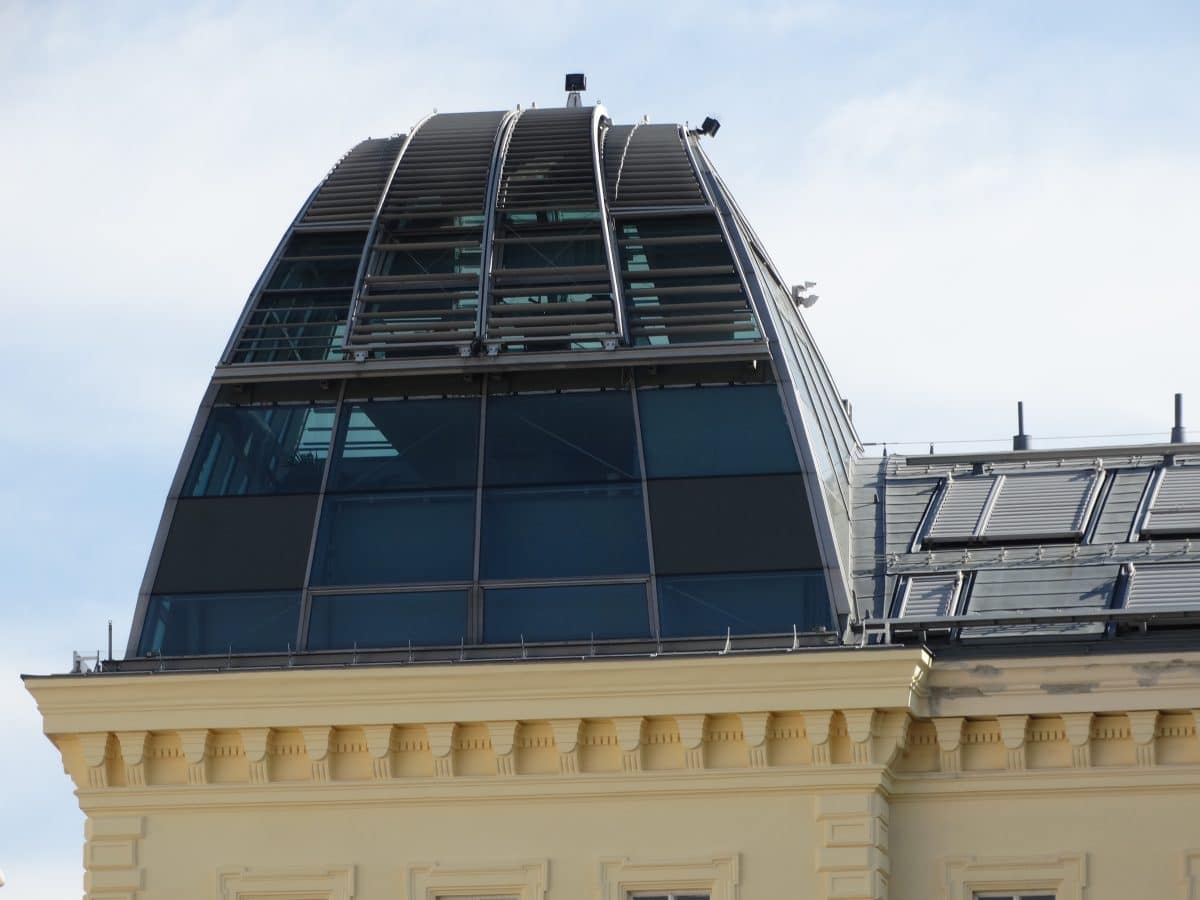 Another landmark of Vienna isFour tower buildings, reconstructed gas holders slightly smaller in size than the Moscow ones, but still impressive in their scale relative to the surrounding buildings. Their reconstruction was carried out by French architect Jean Nouvel and Austrian Coop Himmelb(l)au, the latter of whom built a curved residential tower next to the old building.
Another landmark of Vienna isFour tower buildings, reconstructed gas holders slightly smaller in size than the Moscow ones, but still impressive in their scale relative to the surrounding buildings. Their reconstruction was carried out by French architect Jean Nouvel and Austrian Coop Himmelb(l)au, the latter of whom built a curved residential tower next to the old building.
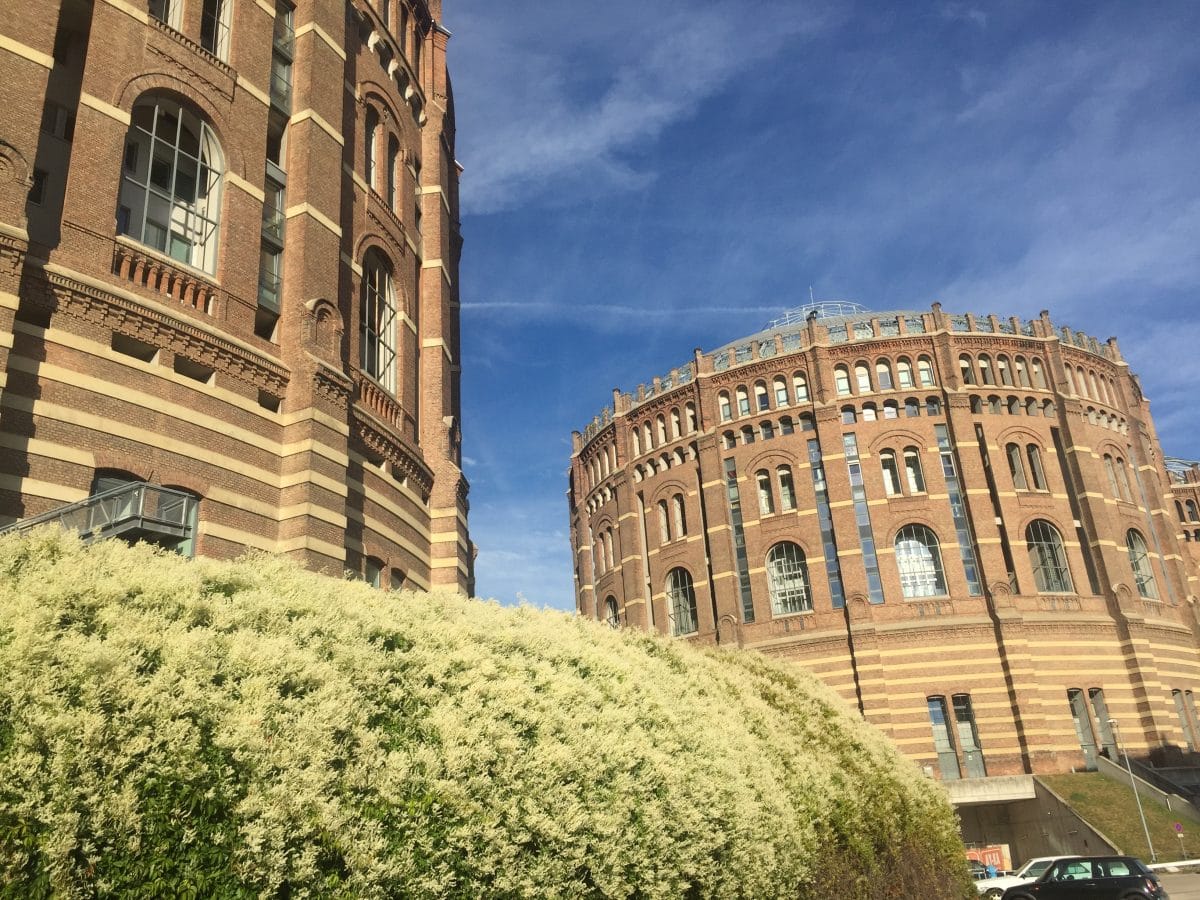

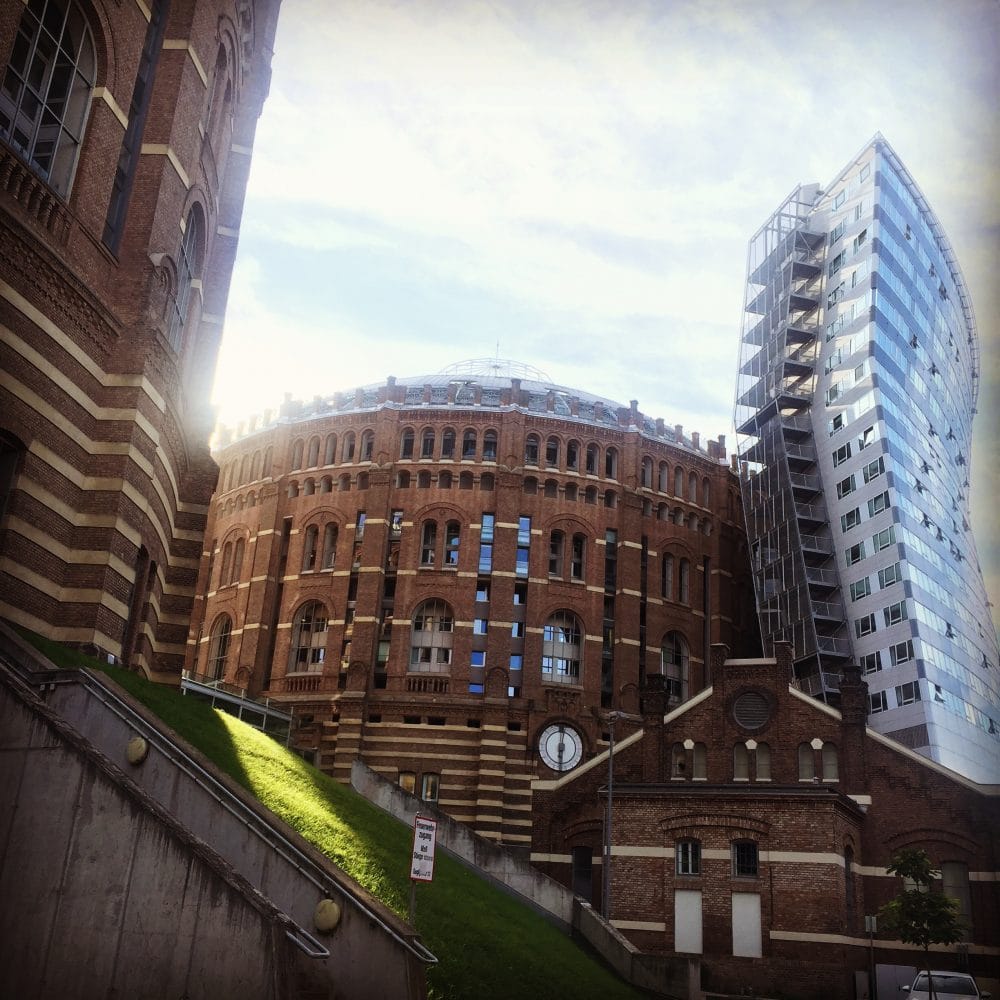 The trip was once again very eventful,There are many impressions from the trip! In the second part of the review, we will tell you more about the Vienna University of Economics and Business. And of course, we invite you to join us on the next architectural excursions - to see everything with your own eyes and recharge with the indescribable energy of new cities and their heritage! The editors would like to thank Konstantin Isakov ( ) for helping to organize the trip, as well as the Neue Wiener Werkstätte company.
The trip was once again very eventful,There are many impressions from the trip! In the second part of the review, we will tell you more about the Vienna University of Economics and Business. And of course, we invite you to join us on the next architectural excursions - to see everything with your own eyes and recharge with the indescribable energy of new cities and their heritage! The editors would like to thank Konstantin Isakov ( ) for helping to organize the trip, as well as the Neue Wiener Werkstätte company.
